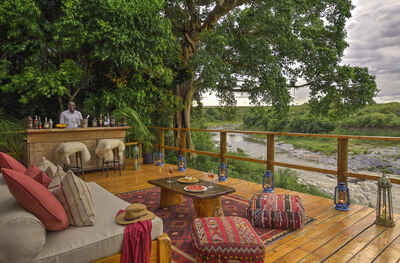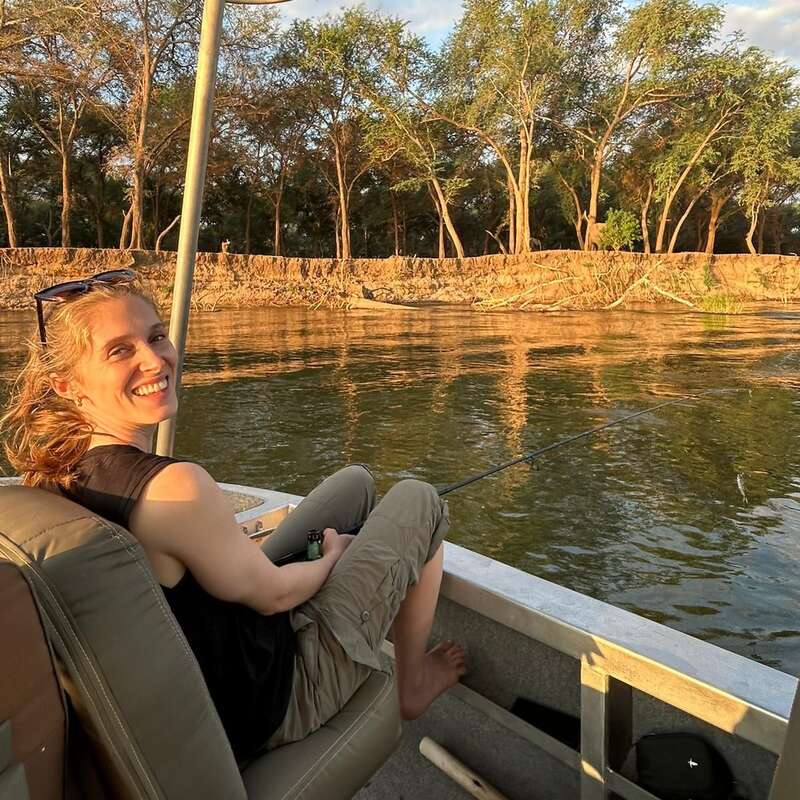About Naibor Camp
Naibor Camp comprises three interlinked tented camps – Main Naibor, Little Naibor and Naibor Wilderness – ...
... nestled in a small stretch of woodland on the banks of the Talek River, in the heart of Kenya's Maasai Mara National Reserve. Each offers varying degrees of luxury to accommodate different tastes and budgets. The same team serves all three camps and all guests have access to the same central areas and bush gym.
Naibor's location in the heart of the Mara is perfect for people who like to be in the thick of the action. The camp offers a variety of experiences. Main Naibor and Little Naibor have spacious, stylish tents, while Naibor Wilderness offers great value and an ideal private option for groups who can occupy all three tents. All are very well run with good food, guiding and service – although at full capacity Naibor might feel a little busy.
Our view
Naibor's location in the heart of the Mara is perfect for people who like to be in the thick of the action. The camp offers a variety of experiences. Main Naibor and Little Naibor have spacious, stylish tents, while Naibor Wilderness offers great value and an ideal private option for groups who can occupy all three tents. All are very well run with good food, guiding and service – although at full capacity Naibor might feel a little busy.
Accommodation
12 tents
Children
Best for aged 12+
Open
All year
Activities

4WD Safari

Birdwatching

Cultural excursion

Hot air ballooning

Private activities
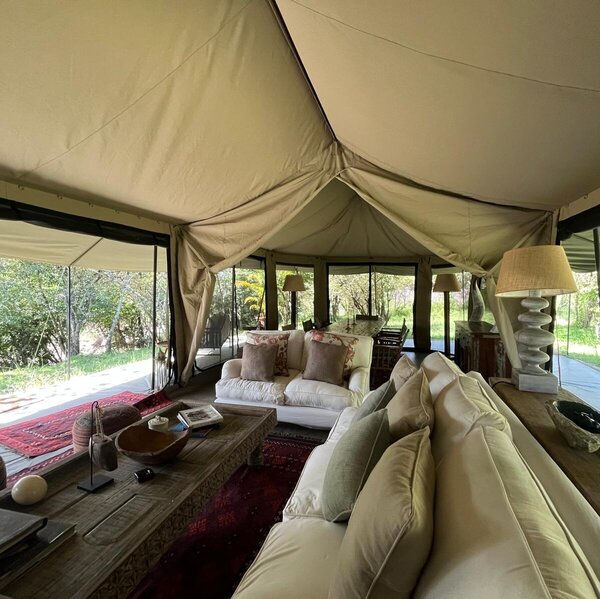
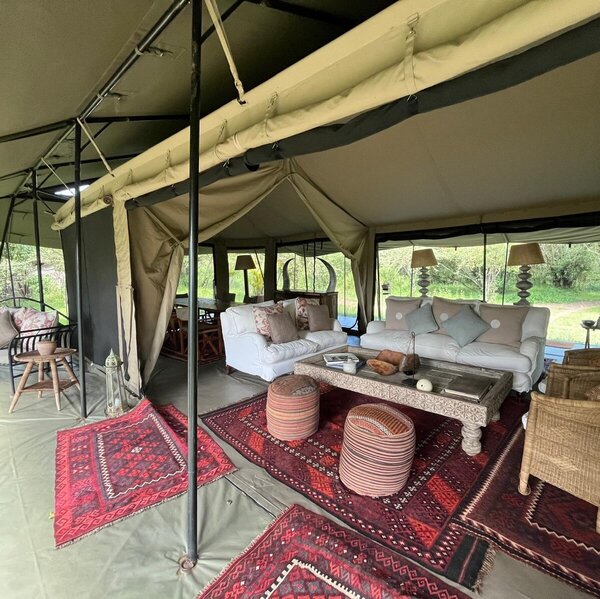
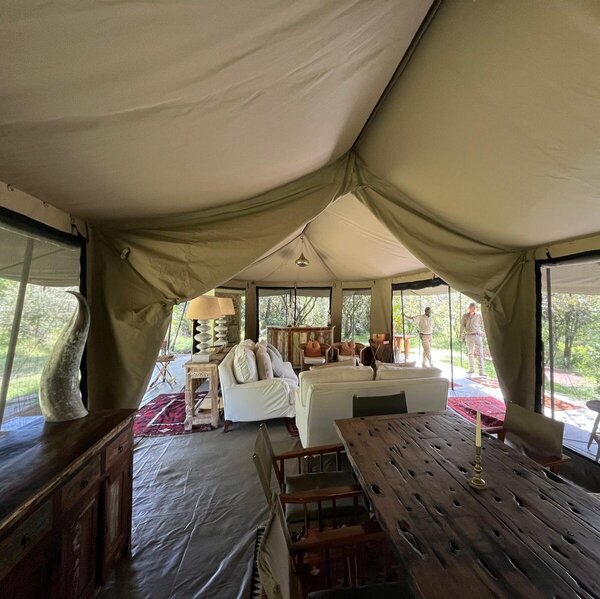
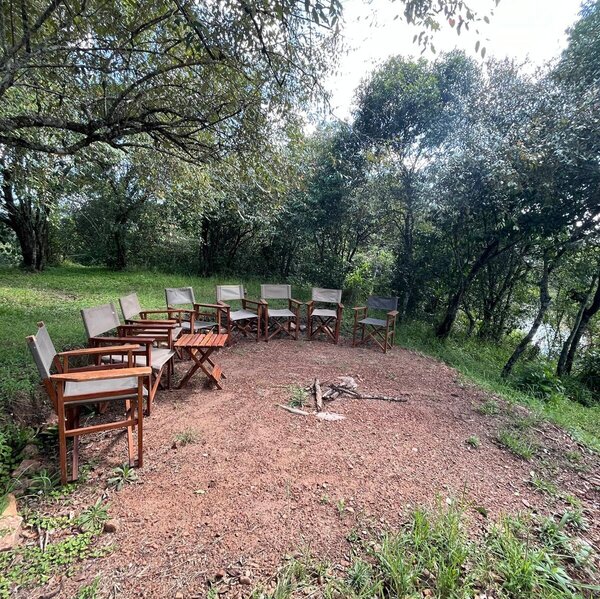
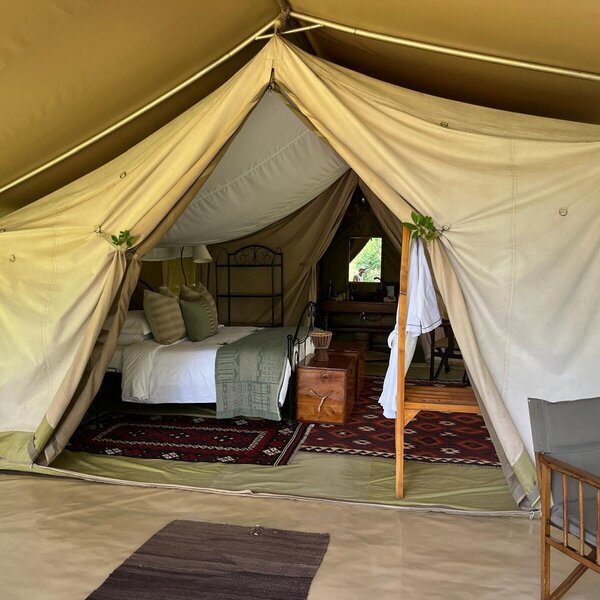
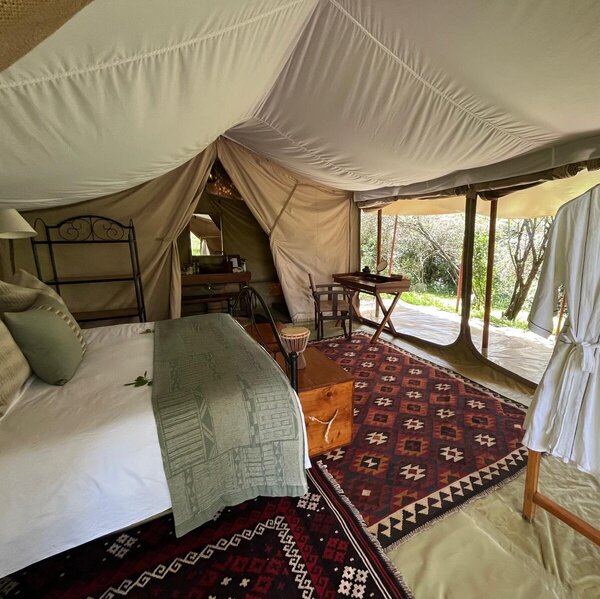
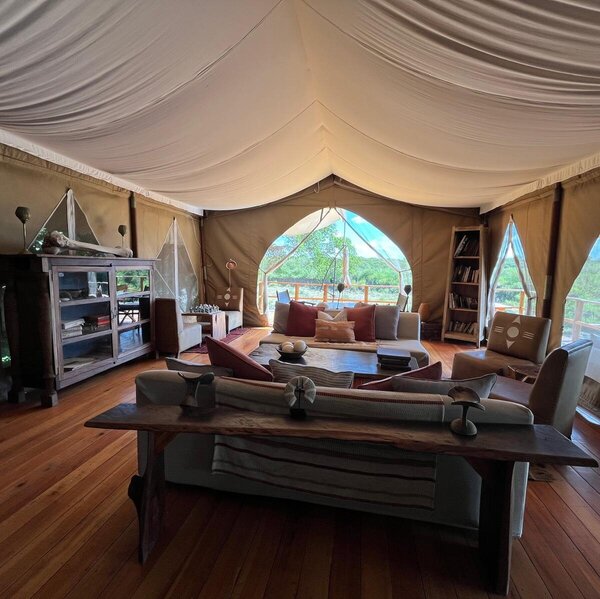
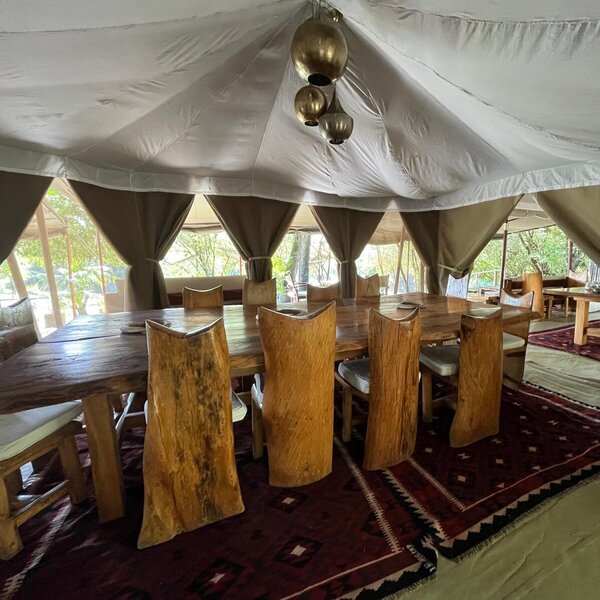
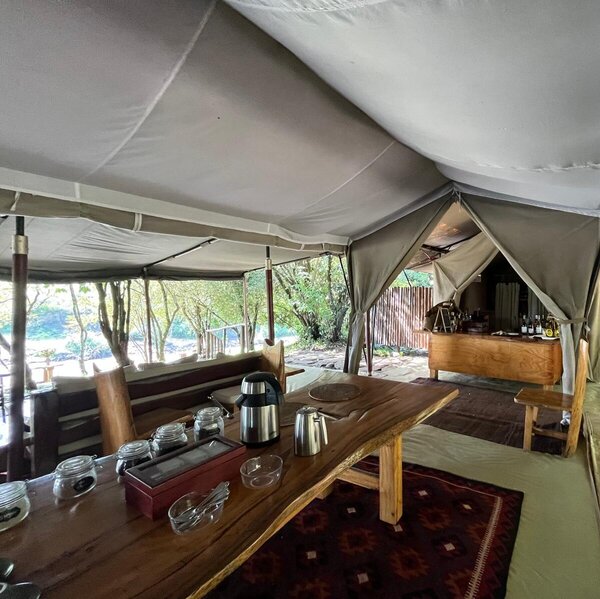
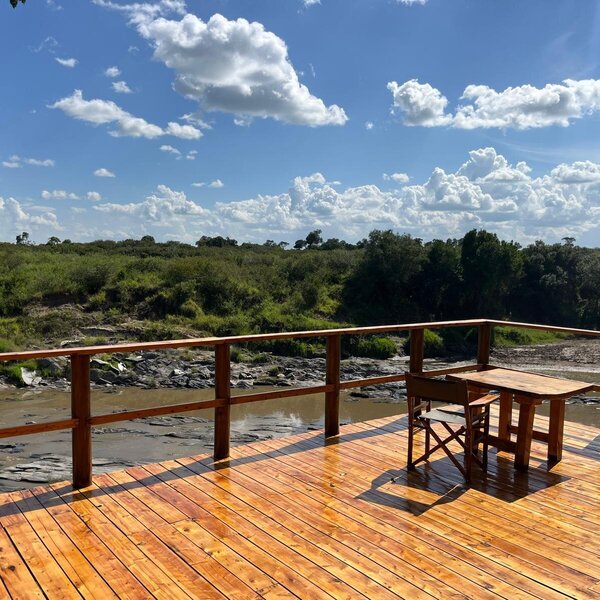
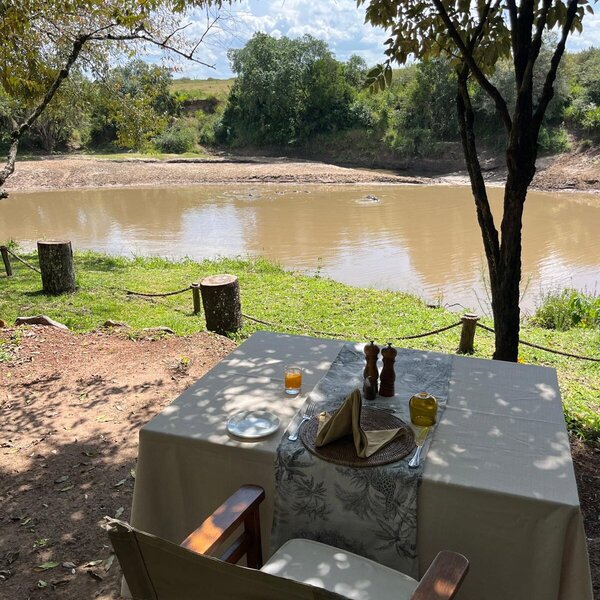
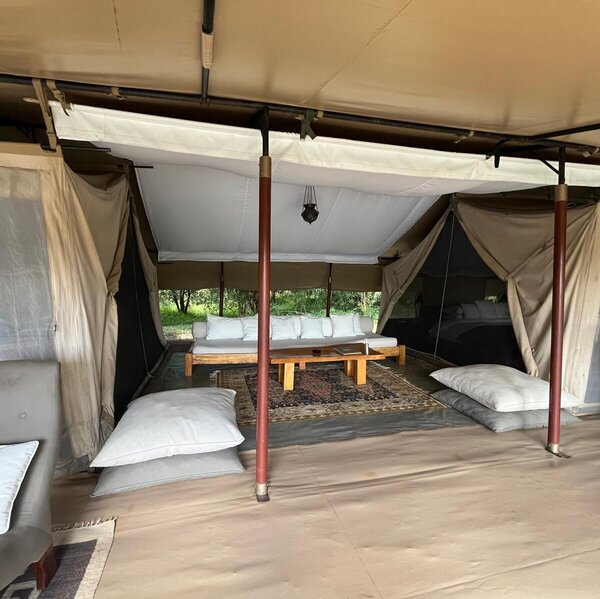
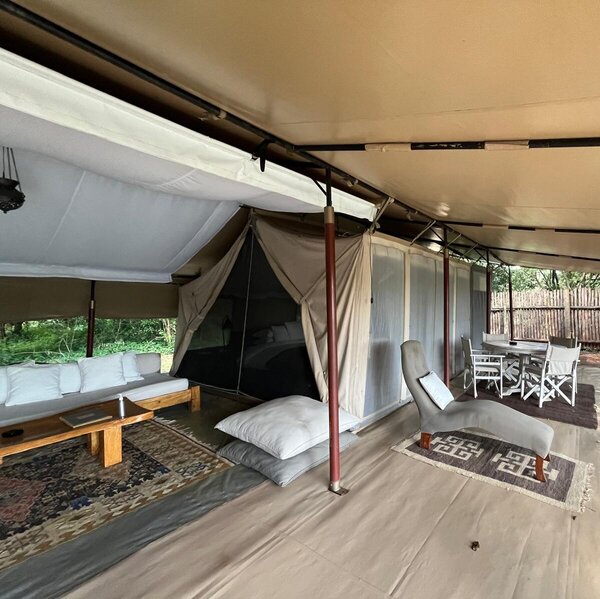
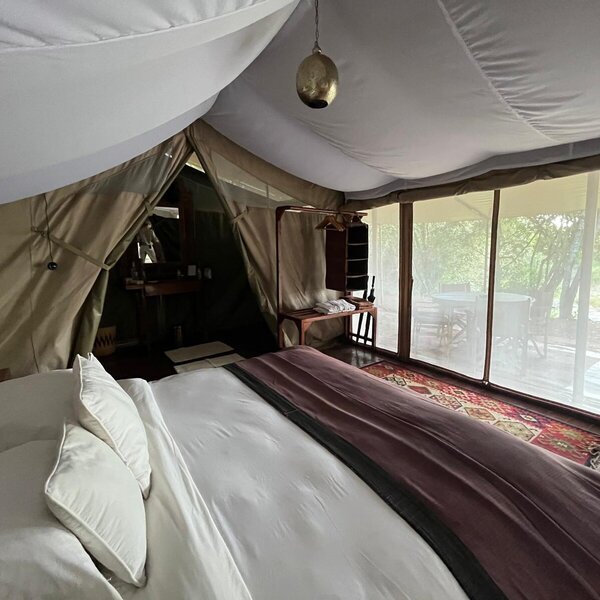
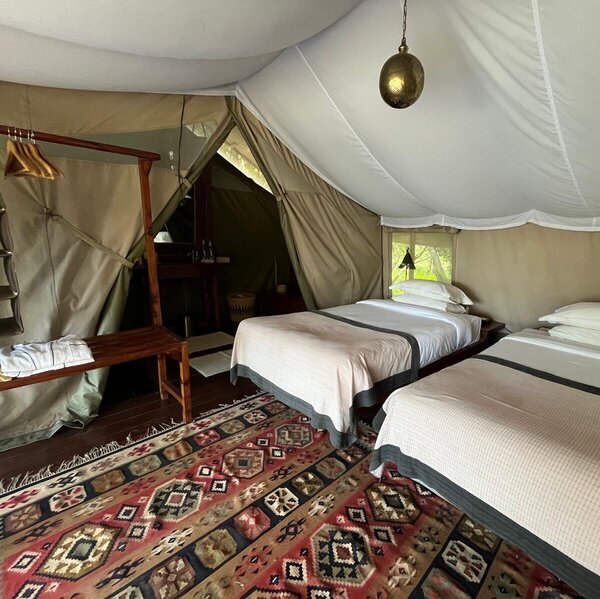
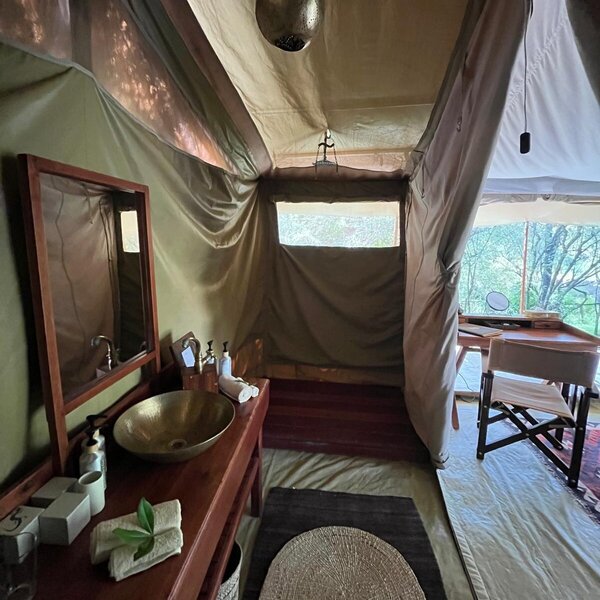
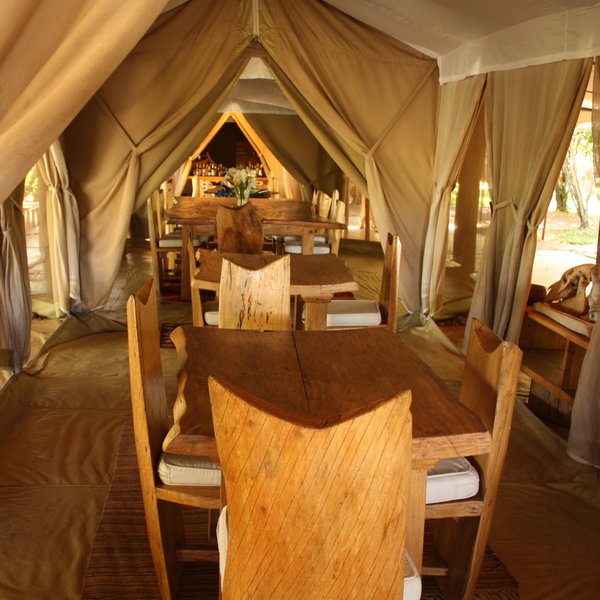
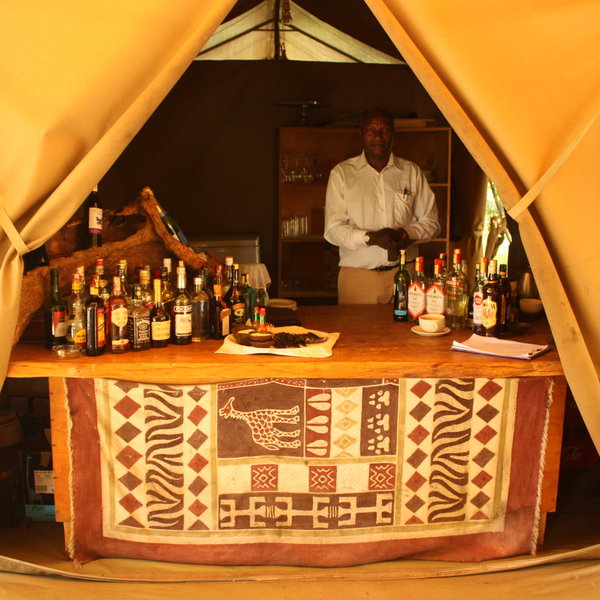
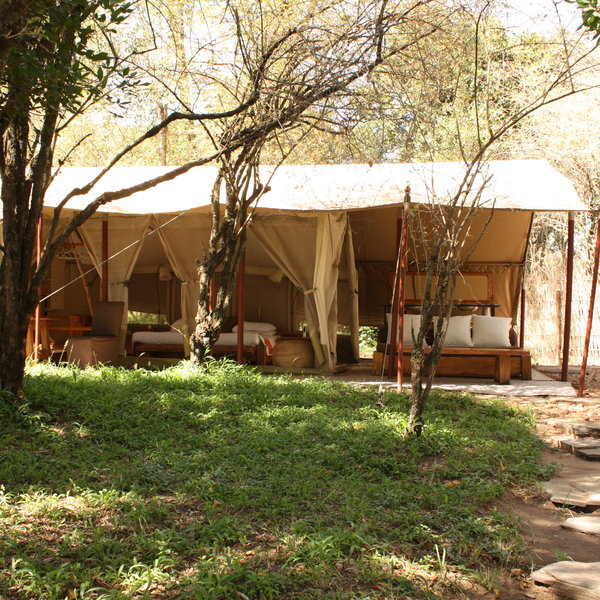
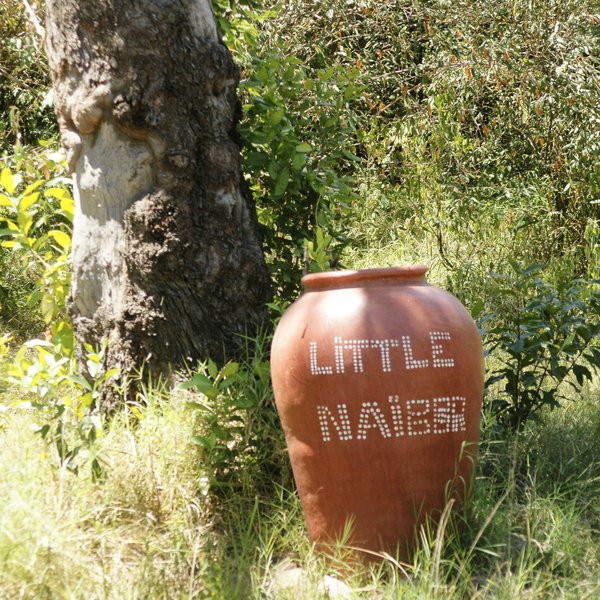
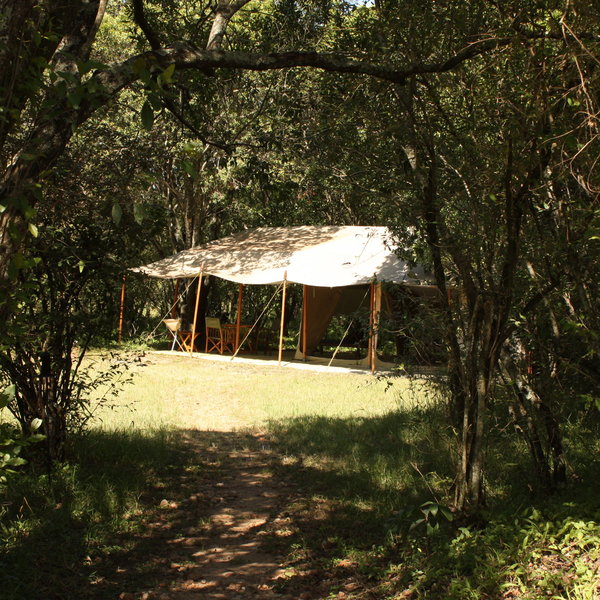
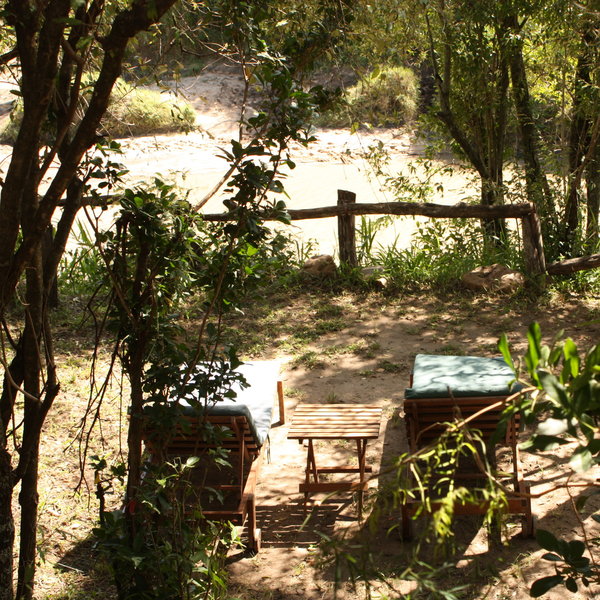
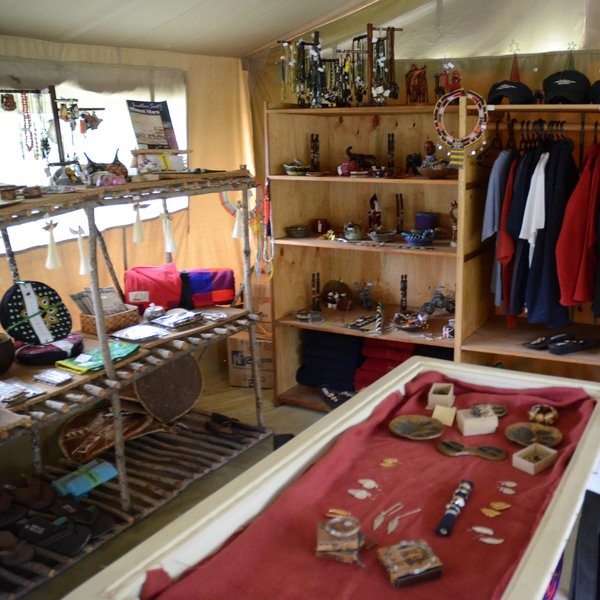
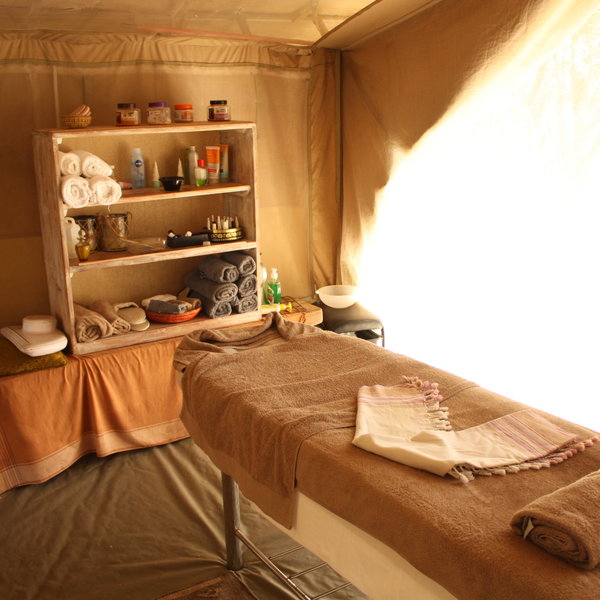
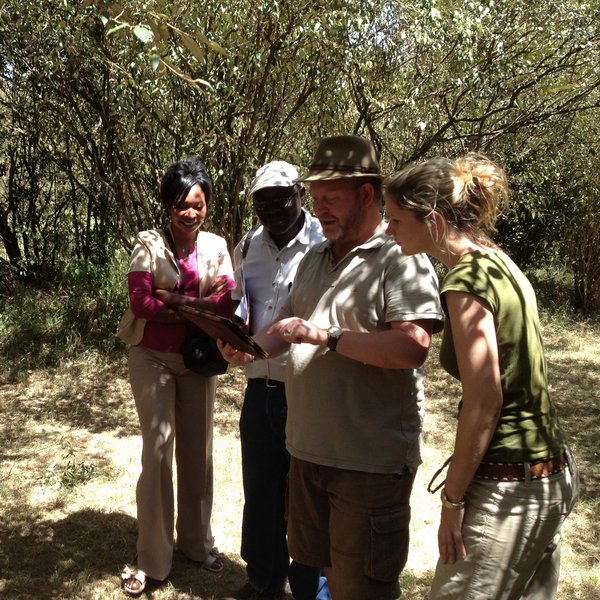
Expert Africa's gallery
When we travel we take lots of photos ourselves to give you a real and un-edited view of the safaris. See our 95 pictures of Naibor Camp to get the candid view.
View galleryNaibor Camp: Our full report
Naibor Camp comprises three interlinked tented camps – Main Naibor, Little Naibor and Naibor Wilderness – ...
... nestled in a small stretch of woodland on the banks of the Talek River, in the heart of Kenya's Maasai Mara National Reserve. Each offers varying degrees of luxury to accommodate different tastes and budgets. The same team serves all three camps and all guests have access to the same central areas and bush gym.
Naibor Camp's location on the south side of the Talek River is special. Most of the camps in this area are on the north side of the river and there are just two crossing points. This means guests have peace and quiet in the early mornings and evenings – a quality that makes all the difference to your safari experience in a reserve as busy as the Maasai Mara. The woodland is orange leaf croton and greenheart trees and the presence of lions adds to the atmosphere, especially at night.
The camps' communal area – comprising a large mess tent with partially separated rooms – is located between Little Naibor and Main Naibor beneath shady trees. In the evenings the rooms can be closed off to create smaller cosy lounges and dining rooms, but during the day the canvas drapes are fastened back for an open-plan feel. The minimalist pale wooden furniture and low-slung sofas are more contemporary than most tented safari camps.
In front of the communal area, a short path leads down to the Talek River, where you'll find a fireplace, chairs, and often tables set for lunch. The trees provide a shaded place to relax and watch the hippos wallow in the water. There is also a large deck area, complete with a sundowner bar, large bean bags, and sofas.
Further relaxation can be found in Naibor Camp's spa tent, where a trained therapist can do manicures, pedicures, waxing, and massages. When we last visited, an hour's full-body massage cost US$70 (half an hour is US$40) or you can enjoy a complimentary neck massage before dinner.
The tents at Naibor Camp vary quite a lot in style and size.
- The seven 'Luxury Tents' (five doubles and two twins) at Main Naibor are comfortable and stylish, with chunky fig wood furniture, cream canvas, and high ceilings creating a spacious feel. The double or twin beds are large and comfy, and triple tents for children can be arranged on request.
These tents are approached from the back, so the first thing you see is the open-sided veranda with a comfortable day bed overlooking the river. We loved the pale rustic wood, which feels both in keeping with the natural surroundings and very stylish. Rugs cover the canvas floor and there is hanging space for clothes, LED lights on the bedside tables, and a radio in case of emergencies. All tents also have UK style charging points.
A small step up at the end of each tent leads to an en-suite bathroom on a wooden deck. It is equipped with running water, flush toilet, and a safari style shower – with ample hot water brought on request by your tent attendant. Just outside of the tent is a washing station, with a pair of twin washbasins set into a wide wooden table beneath a mirror, and large metal jugs which are regularly re-filled. - The two 'Luxury Suites' that make up Little Naibor offer a lot more space and privacy. Two bedrooms (a twin and a double) flank a central living room making them ideal for a family or group of four friends. These suites are decorated in a more exotic style, with Persian rugs on the polished wooden floor, an ornate mirror in the bathroom, and dark-wood furniture mixed in with the pale-wood items. They are large and spacious and an additional bed can be added if needed.
The living room has a large sofa with cream cushions, a coffee table, two lounging chairs, and large floor cushions. The bedrooms include hanging space for clothes, LED bedside lamps, and a campaign-style chair in the corner. Each has its own en-suite bathroom with running water, a single metal basin set into a dark-wood surface, a flush toilet, and a large safari shower. Each suite at Little Naibor also has the big advantage of its own private vehicle and guide. - Finally, the three 'Classic Tents' at Naibor Wilderness, are a slightly lower-cost option and are ideal for a group of up to six people travelling together, as the camp can be booked on an exclusive basis. The tents are a little smaller than those at Main Naibor, set back a little further from the river, but still beautifully decorated with colourful rugs and simple wooden furniture. One faces the river, while two are set a little further back and face into the bush. Each tent contains a wrought-iron bed, open-sided iron wardrobe, wooden table and director's chairs on the veranda. Hot water is provided in the mornings for a canvas washbasin on the veranda and the en-suite bathroom has a flush toilet and bucket shower.
Naibor Wilderness also has its own mess tent and central dining area, with several members of staff based here to serve refreshing drinks. Guests staying at Naibor Wilderness are welcome to use the communal areas at main Naibor, although the two camps are around a seven minute walk away, and the staff need to escort you between the two. Photography groups often stay at Naibor Wilderness but the tents are also sold separately, so they are also ideal for those on a lower budget. Guests staying in smaller parties can always visit the main camp for meals or just to relax.
For birders guided bird walks can be arranged around the camp, accompanied by an experienced wildlife guide. As these are not with an armed ranger you are restricted to the immediate area around Naibor, however, a surprising amount of wildlife can be seen around the camp and Talek River.
With advance notice, it is possible to arrange hot air balloon trips that cost around US$500 per person and visits to a Maasai village for US$20-30 per person, which is donated to the village. The camp can also provide bush breakfasts for an additional cost. Walking safaris accompanied by an armed ranger can be arranged within Maasai community land, however, there is a lower chance of seeing big game here.
Activities
4WD Safari
Birdwatching
Cultural excursion
Hot air ballooning
Private activities
Families & children
- Attitude towards children
- Naibor will gladly accept children, but ideally they should be over the age of eight. They recommend that the Little Naibor suites are better for families, who then have the use of a lounge that is away from the main area, and exclusive use of a vehicle.
- Property’s age restrictions
- There are no specific age restrictions at Naibor.
- Special activities & services
- Naibor can arrange early dinners for children. Child friendly activities can be arranged, such as traditional beading or the team can show children how to use Maasai bows and arrows.
- Equipment
- Naibor has a cot and baby chair and there are small canvas beds that can be added to rooms. They can’t offer any childcare, but a night-watchman (with no formal child-care qualifications) can keep an eye on children if parents want to come down for dinner.
- Generally recommended for children
- We feel that Naibor Camp is better suited to families with older children. It is quite a smart tented camp and although it isn’t too formal, it still has quite an adult atmosphere. In addition, the camp isn’t really geared towards families: though the suites have good sleeping arrangements there aren’t any activities, beyond wildlife watching, for smaller children to do.
Food & drink
- Usual board basis
- Full Board & Activities
- Food quality
- On our latest visit we did not stay long enough to dine here but on a previous trip we enjoyed the food at Naibor – it was very tasty and well presented and they will happily accommodate most dietary requirements.
Breakfast in camp consists of a buffet of cereals, fresh toast, fruit, yoghurt and a hot breakfast cooked to order, which is usually enjoyed on the deck or lawn in front of the river. Alternatively, there is the option to take a packed breakfast on your morning activity, which would include similar food items, but with cold boiled eggs and sausages instead of the hot food option available in camp.
A buffet lunch is usually served at separate tables down by the river. Expect dishes such as quiches, homemade pizza, pasta salad, green salad and similar cold light options. A fresh-fruit salad rounded off our tasty meal.
Before dinner guests tend to gather on the deck, around the firepit, or in the lounge tent for drinks and nibbles before being seated at individual tables. Dinner is typically a three-course set menu, although dietary requirements and preferences can be catered for with advance notice. When we previously stayed here we started with a red pepper and tomato soup, followed by a sizzling cooked-to-order steak impressively dished up on a hot stone and served with vegetables and a choice of peppercorn sauce, mushroom sauce or garlic butter. Desert was then a very decadent tiramisu! - Dining style
- Individual Tables
- Dining locations
- Indoor and Outdoor Dining
- Further dining info, including room service
- Naibor Camp will happily arrange for people to have dinner in their tents.
- Drinks included
- All soft drinks, house wines, beers and spirits are included. Premium brands cost extra.
Getting there
- Location
- Maasai Mara National Reserve, Kenya
- Ideal length of stay
- We recommend three to four nights.
- Directions
- It is a 90-minute flight from Nairobi to Olkiombo airstrip in the Mara. From there, it is a further 30-minute drive to Naibor Camp, across the Talek River. In the wet season (November–June), if the river is really high, there are vehicles stationed on both sides with a footbridge across.
- Accessible by
- Fly-and-Transfer
Special interests
- Honeymoons
- A stylish camp in the heart of the Mara; Naibor offers luxury, attentive service, and an unbeatable location for your Kenya honeymoon. The tents are private and cosy, and you’ll enjoy meals on the bank of the Talek river whilst watching the resident hippos in the river below.
- See ideas for Honeymoons in Kenya
Communications
- Power supply notes
- Naibor Camp runs off solar power, but also has a back-up generator which is usually on used for the workshop. There are UK style charging points in the tents which can be used throughout the day.
- Communications
- There is WiFi in the lounge tent that guests can use for free, although this is not available in the individual tents.
- TV & radio
- There is no TV at Naibor Camp, but for special sporting events, guests will be welcome to watch the staff TV.
- Water supply
- Other
- Water supply notes
- Naibor has a spring for its water supply. Mineral water for drinking is brought in from Nairobi.
Health & safety
- Malarial protection recommended
- Yes
- Medical care
- Naibor has first-aid kits in the camp and in each of the vehicles. The managers have some first-aid training. There is a doctor based at the nearby Mara Intrepids Camp who can be called, and the camp has links to flying doctors in case of emergency.
- Dangerous animals
- High Risk
- Security measures
- Naibor Camp has guards patrolling the property day and night. Guests are escorted back to their rooms after dark.
- Fire safety
- There are fire extinguishers in all the rooms at Naibor Camp.
Useful info
- Disabled access
- On Request
- Laundry facilities
- A full complimentary laundry service is available, but female underwear isn’t accepted. Items are hand washed, line dried and charcoal-ironed.
- Money
- Naibor Camp has a central safe where guests can stow their valuables. They can exchange small amounts of currency; though this largely depends what cash they have in camp at the time.
- Accepted payment on location
- Naibor Camp can accept cash payments in US dollars, Kenyan shillings, euros and pounds sterling. They can also accept Visa and MasterCard, but when we last visited they were applying a 5% surcharge. AMEX is not accepted.
Plan and book your trip with Expert Africa
All of our trips are tailor-made, so we'll always adapt them to suit you. Talk to an Expert and let us plan and arrange your perfect trip.

Talk to an Expert
Call or email us now! We’ll match you with the Specialist in our team who is best suited to help you. Then together we can start planning your trip.

Set up your itinerary
Based on our experience and your ideas, your specialist will create a detailed, costed itinerary. We’ll refine it together, until we have a trip that you’re perfectly happy with.

Prepare for your trip
The same Specialist will make the seamless arrangements for your trip, send you detailed travel documents, and be available to answer any questions before you depart.

Travel with peace of mind
After you set off, you’ll be cared for by our partners in Africa, most of whom have worked with Expert Africa for decades. And if you ever need us urgently, we’re available 24/7.

When you return
We love to learn about your trip, and so will always be grateful if you’ve the time to give feedback to your Specialist when you return.
Naibor Camp's location
Look closer at the environment and surroundings of Naibor Camp.
Excursions from Naibor Camp
Optional extra day-trips and excursions possible whilst you're staying at Naibor Camp. Talk to us: these are usually best arranged before you go.
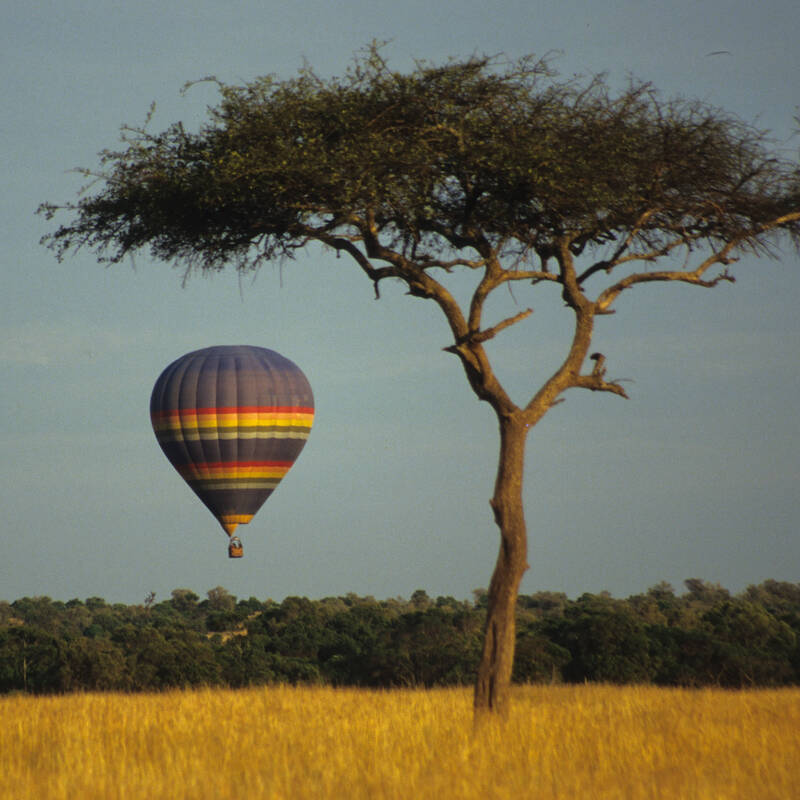
Balloon flight over the Mara
3 hours in total - morning only
With the sun rising over the Loita Hills, you scramble into the balloon basket for the start of a once-in-a-lifetime experience. You’re about to go drifting with the breeze above the trees and plains of one of the world’s greatest wildlife regions.
More about Balloon SafariOther lodges in Maasai Mara National Reserve
Alternative places to stay in this same area.
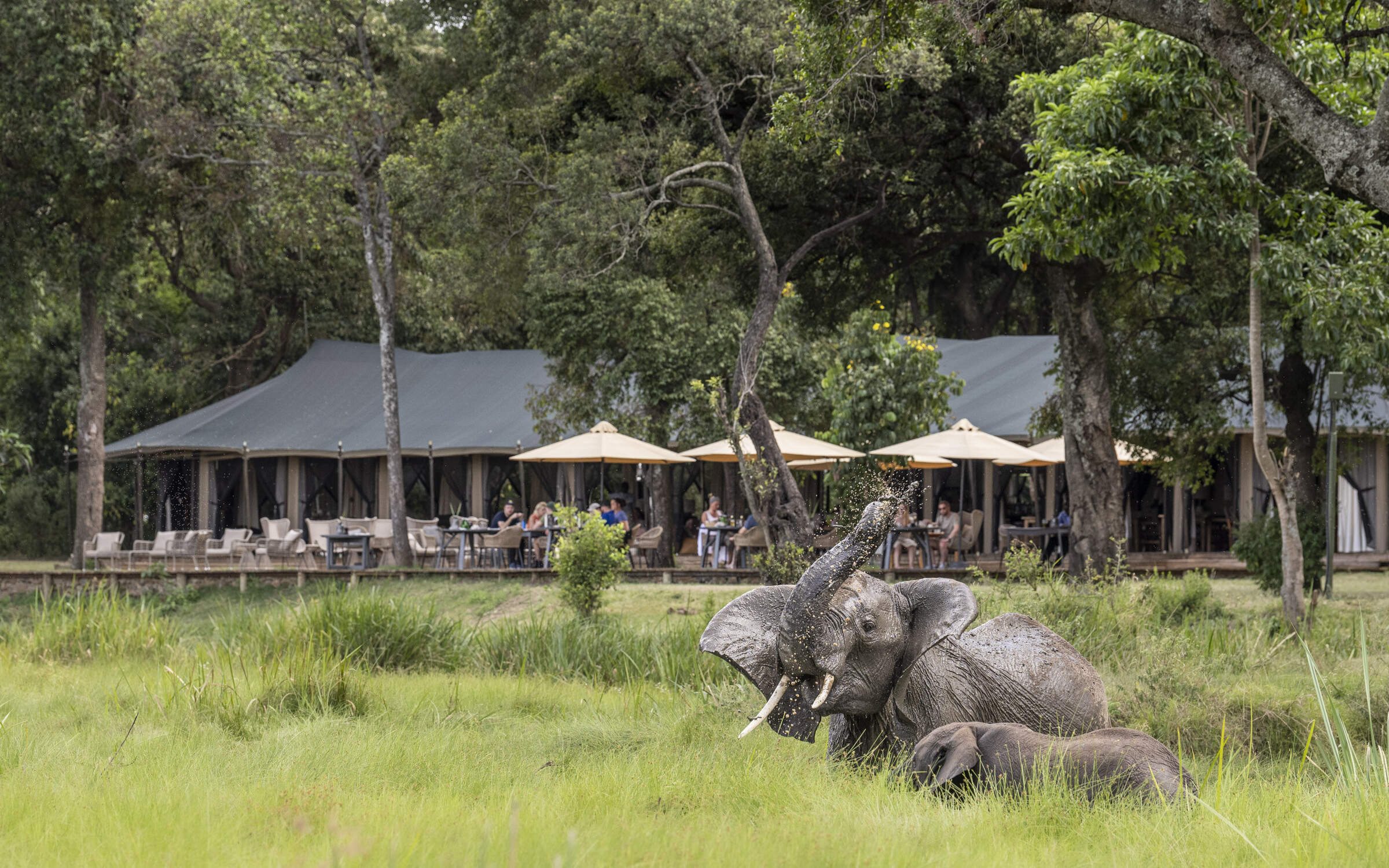
Little Governors'
Little Governors’ Camp sits by a swamp (an old oxbow of the Mara River) in the Mara Triangle sector of the Maasai Mara National Reserve. It has its own balloon-launching site.
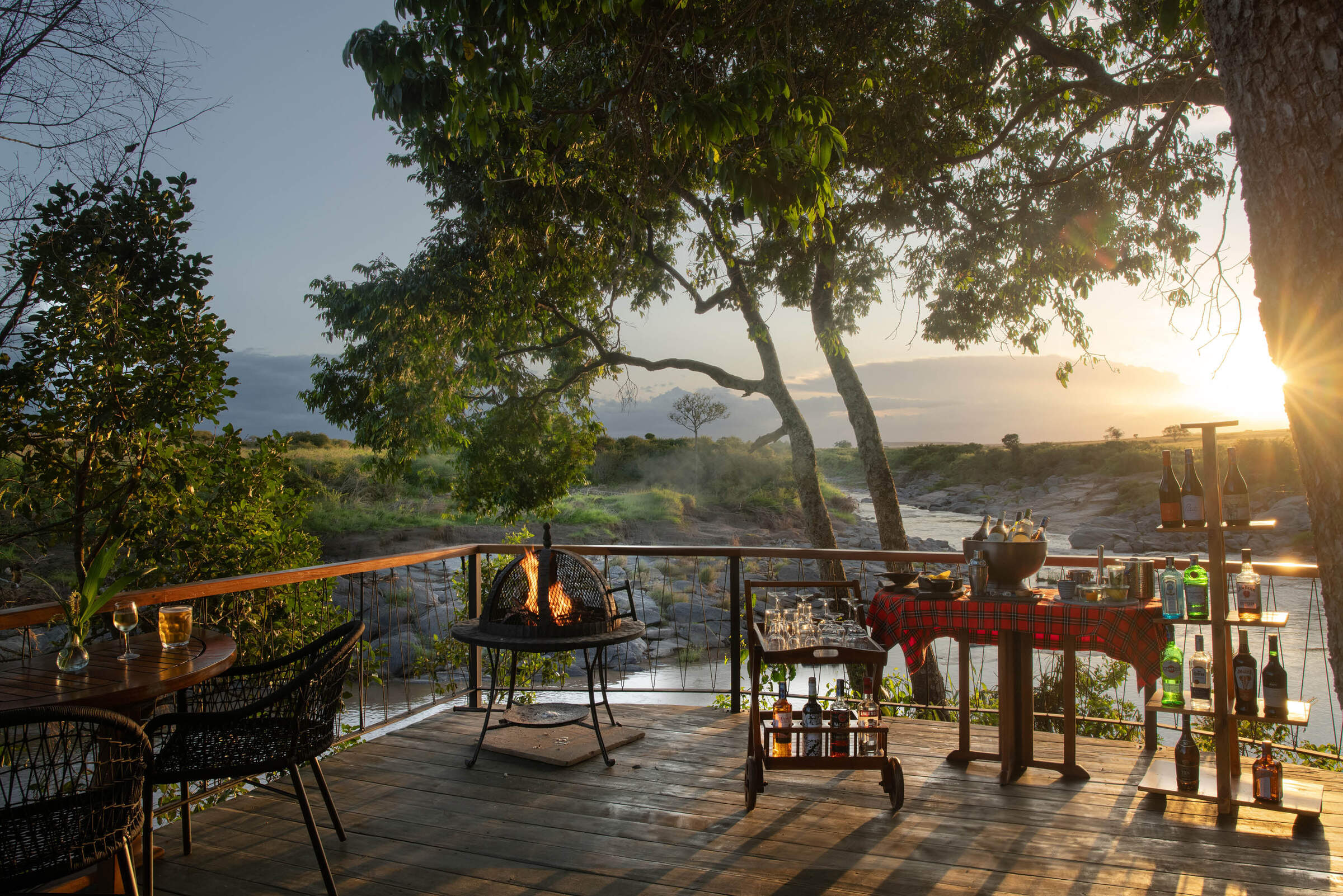
Rekero
Rekero is an unpretentious, high-end safari camp, for travellers who take their wildlife watching seriously and are prepared to pay for an exceptional location.
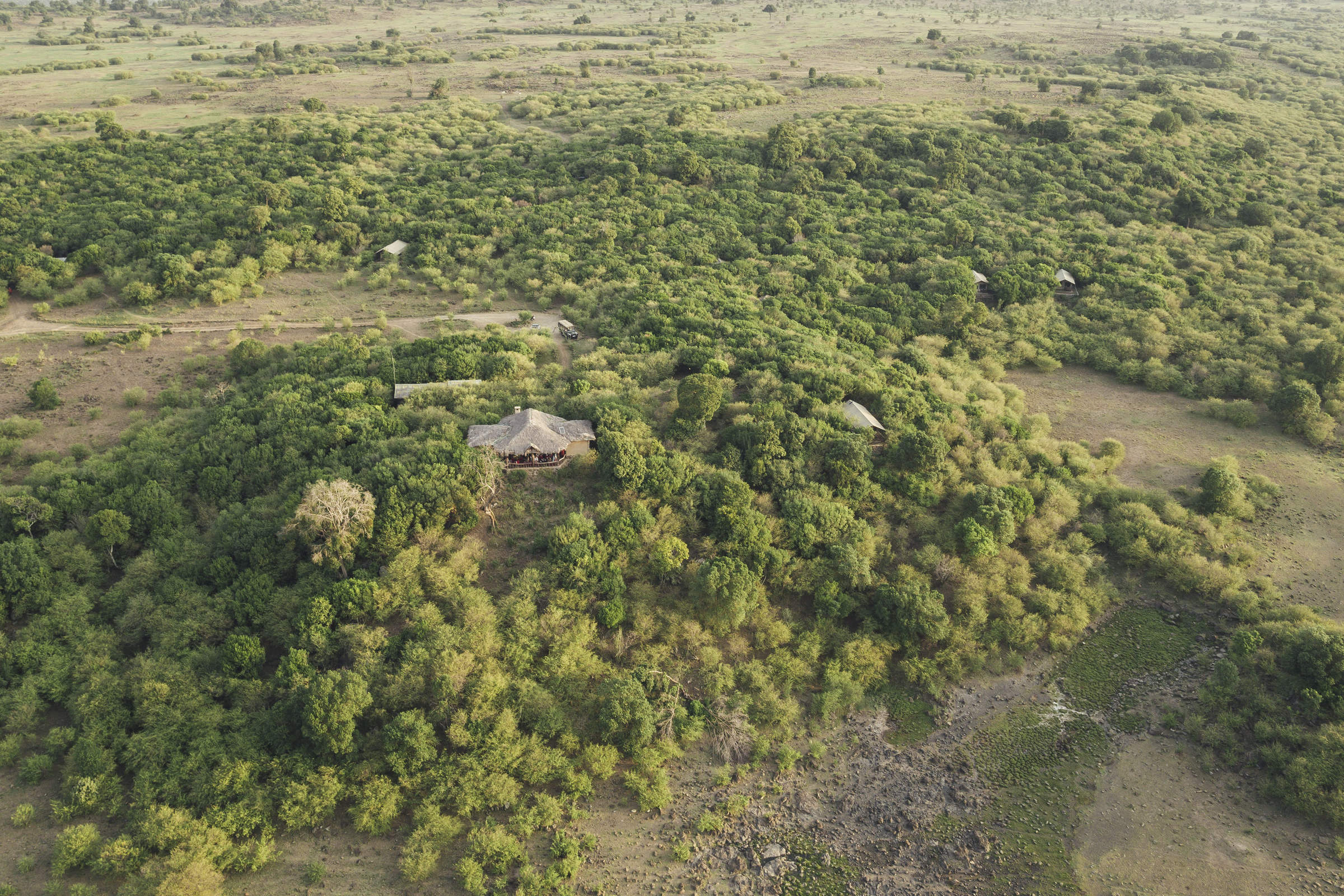
Tangulia Mara
Tangulia Mara is a rustic and traditional safari camp on the border of the Maasai Mara National Reserve owned by Jackson Looseyia of Big Cat Diary fame.
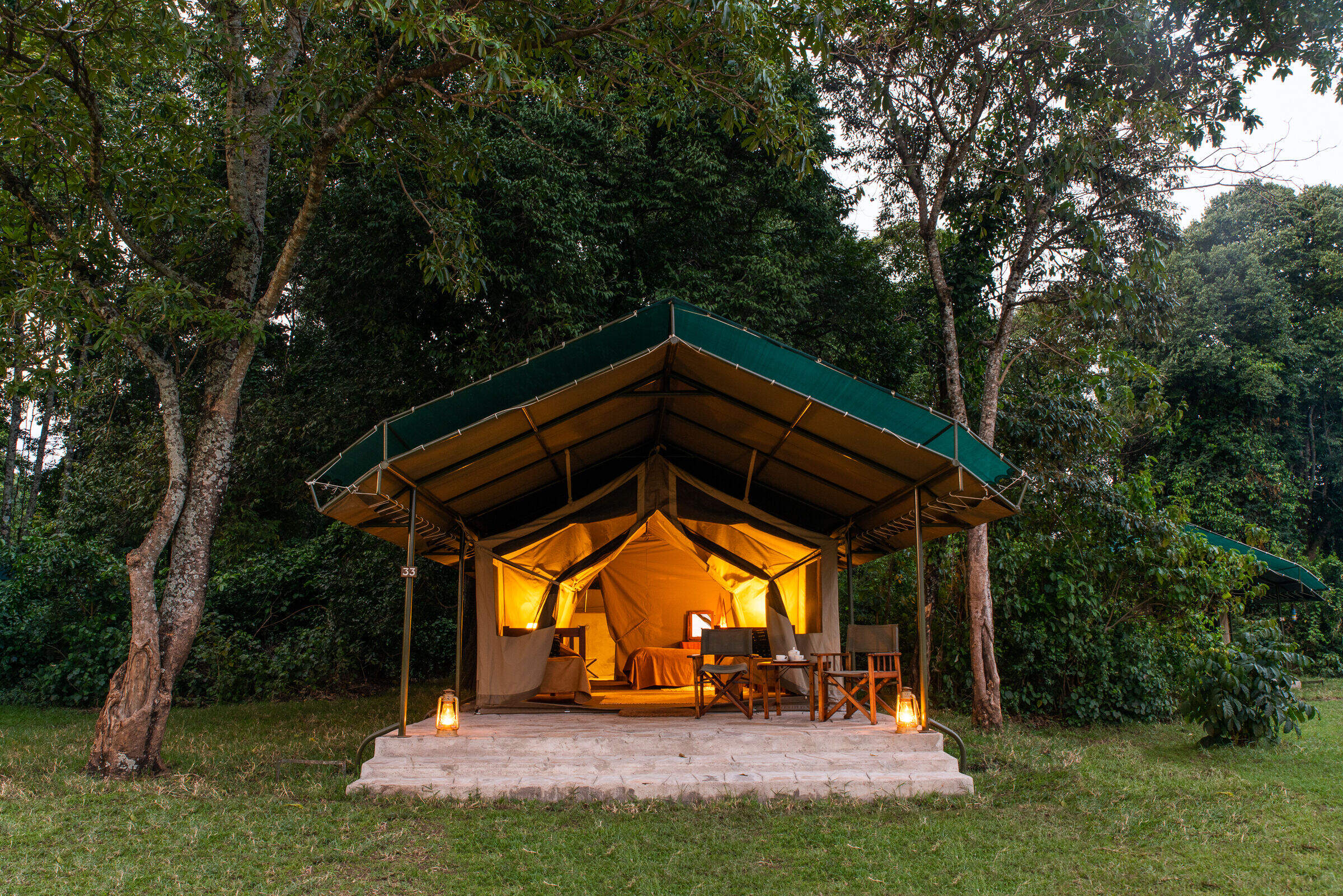
Governors' Camp
Governors' Camp is a large tented camp on the Mara River and one of the oldest in the Mara region, dating from 1972. Although unfenced, and regularly visited by elephants, the whole compound is always busy with human activity.
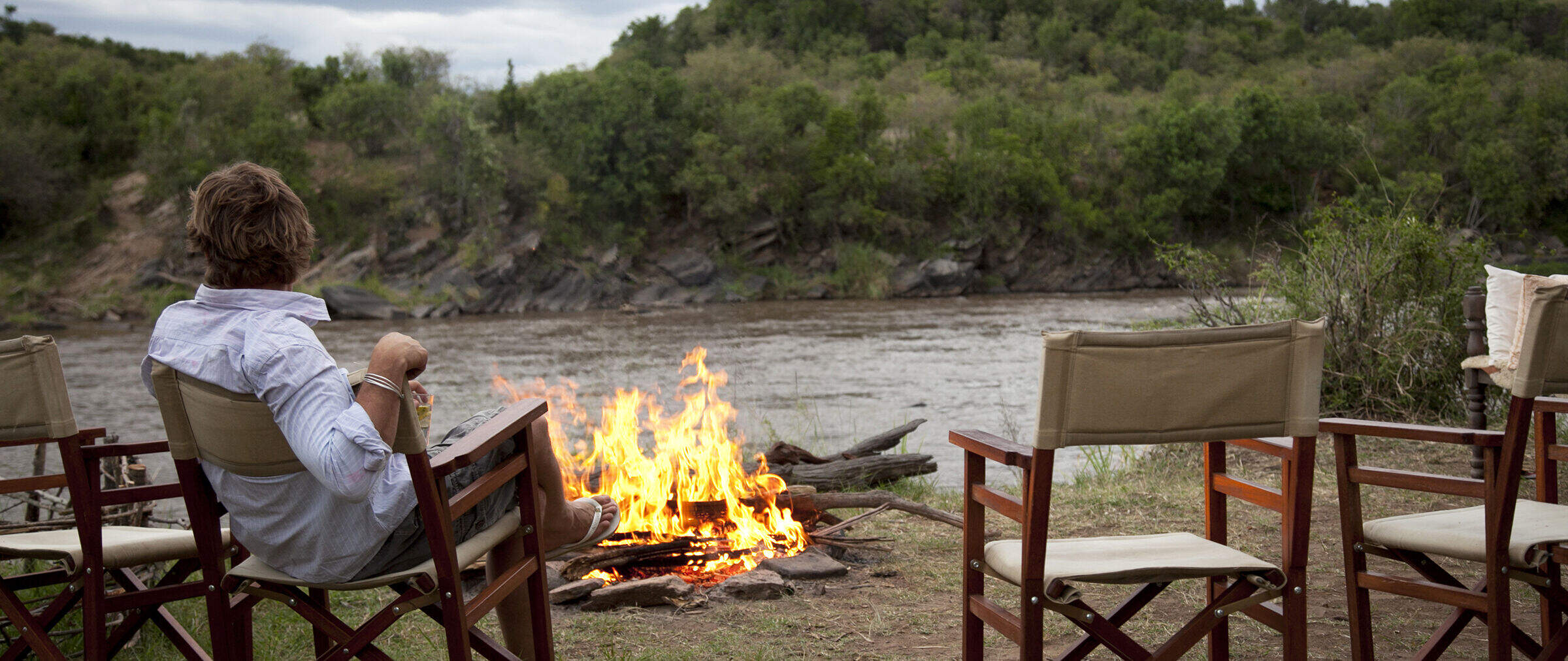
Serian Nkorombo
Serian Nkorombo is a luxury bush camp in the Musiara sector of the Maasai Mara National Reserve on the east side of the Mara River.
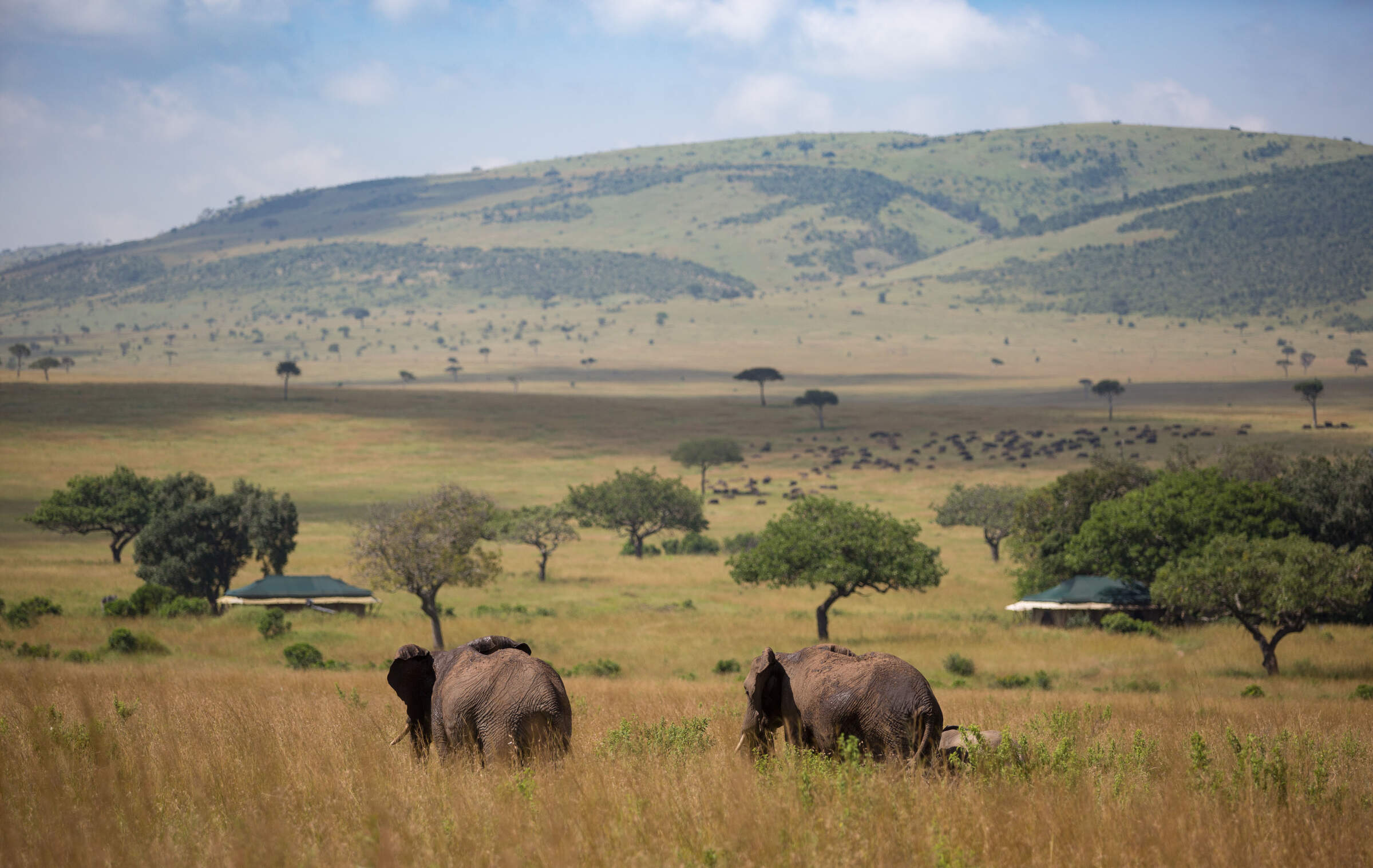
Sand River Camp
Luxury colonial-style tented camp on the banks of the Sand River close to the Tanzania border – a great spot to see the wildebeest migration.
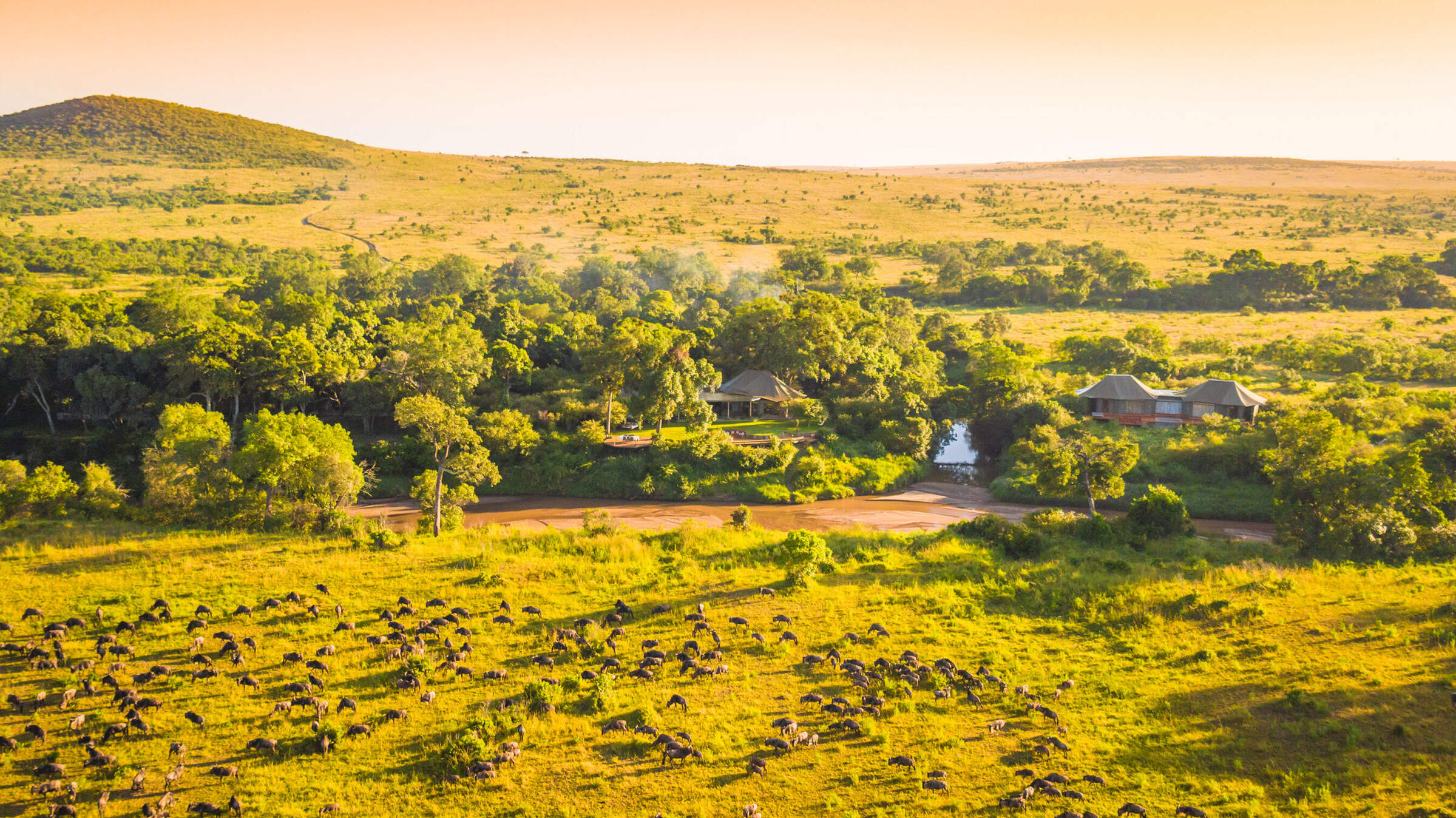
Sala's Camp
Sala’s Camp is a comfortable and intimate tented camp, with seven tented rooms, located on the banks of the Sand River, in the far south of the Maasai Mara National Reserve.
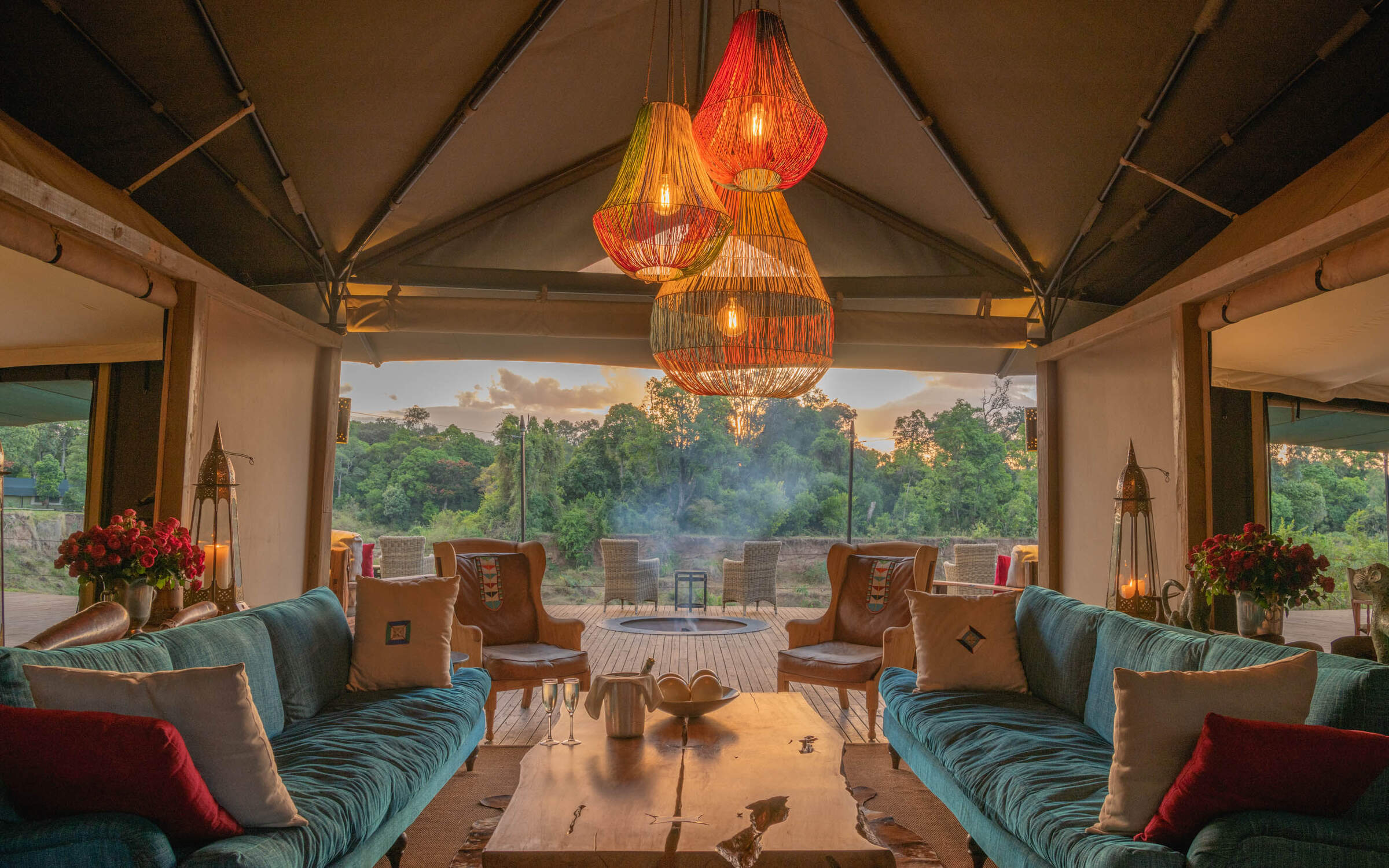
Governors' Il Moran
The smallest and most expensive of the three camps in the Governors’ group, Governors’ Il Moran Camp hugs a meander of the Mara River just 1km north of the main Governors’ Camp.
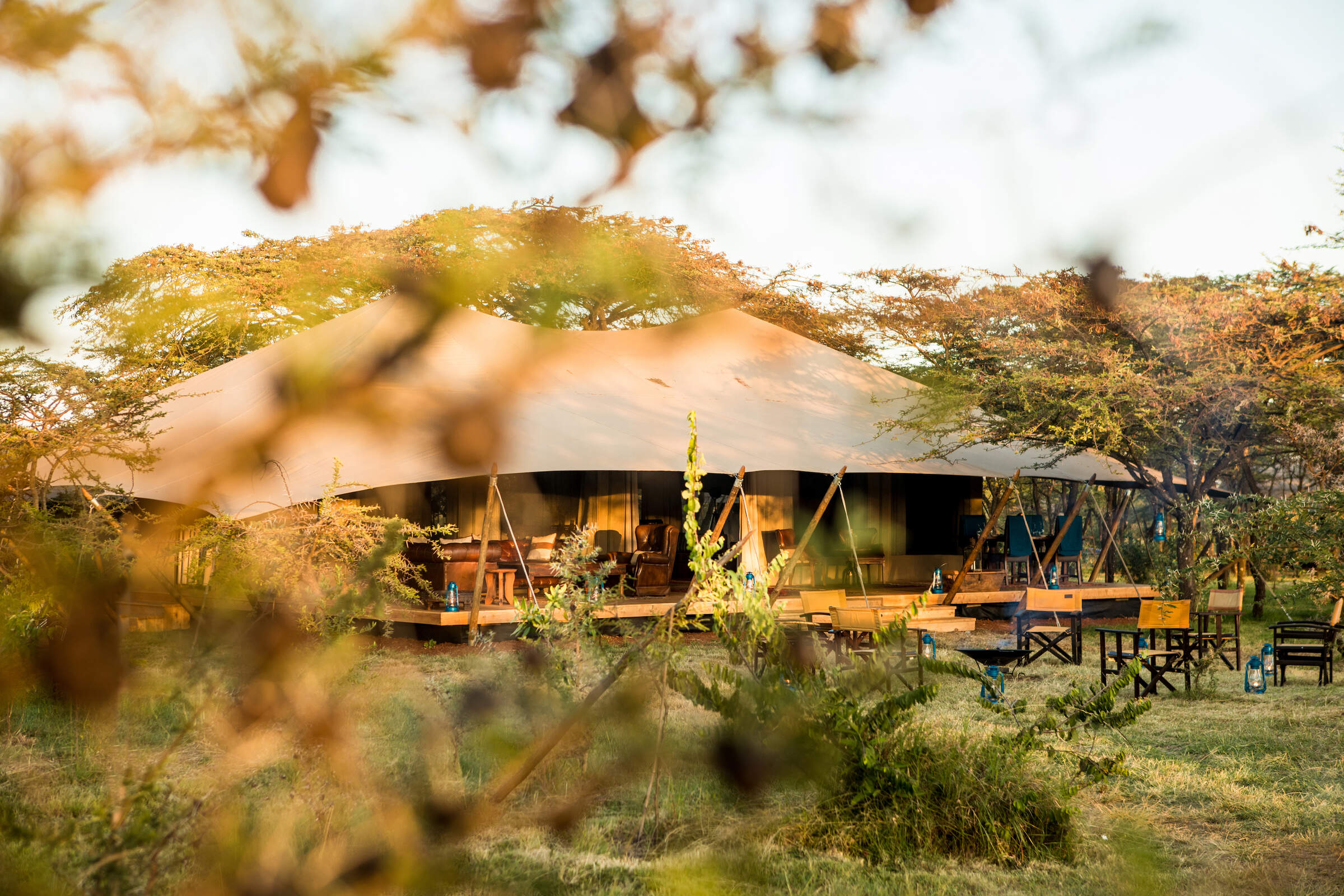
Mara Expedition Camp
Mara Expedition Camp is a small luxury camp located in a slightly elevated area of bush and woodland, just outside the Maasai Mara National Reserve.
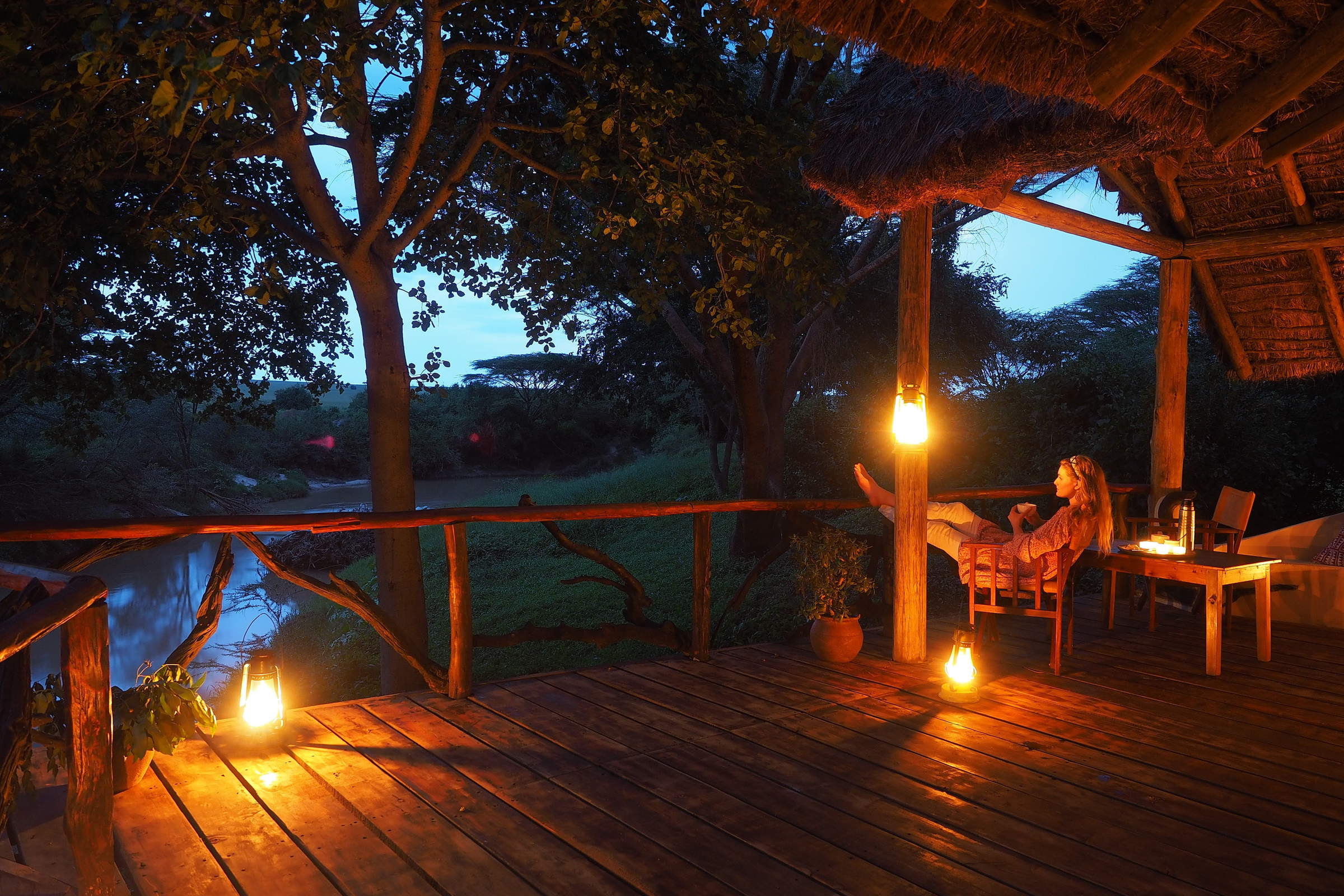
Basecamp Maasai Mara
Basecamp Maasai Mara is a family-friendly, award-winning eco-camp on a U-bend on the north bank of the Talek River, on the boundary of the Maasai Mara National Reserve.
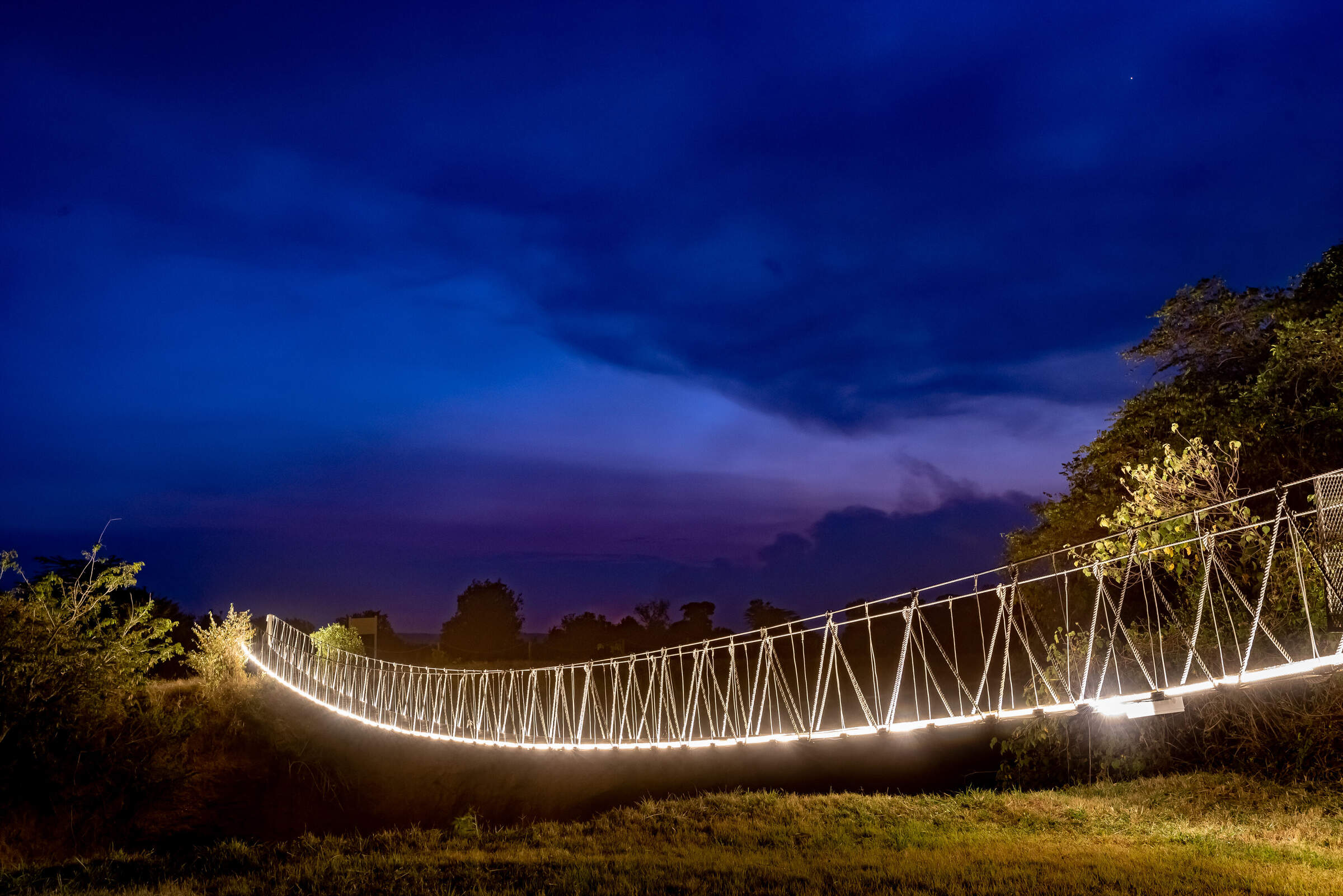
Ilkeliani Camp
Ilkeliani Camp is a smart elegant camp overlooking the Talek River, on the edge of the Maasai Mara National Reserve.
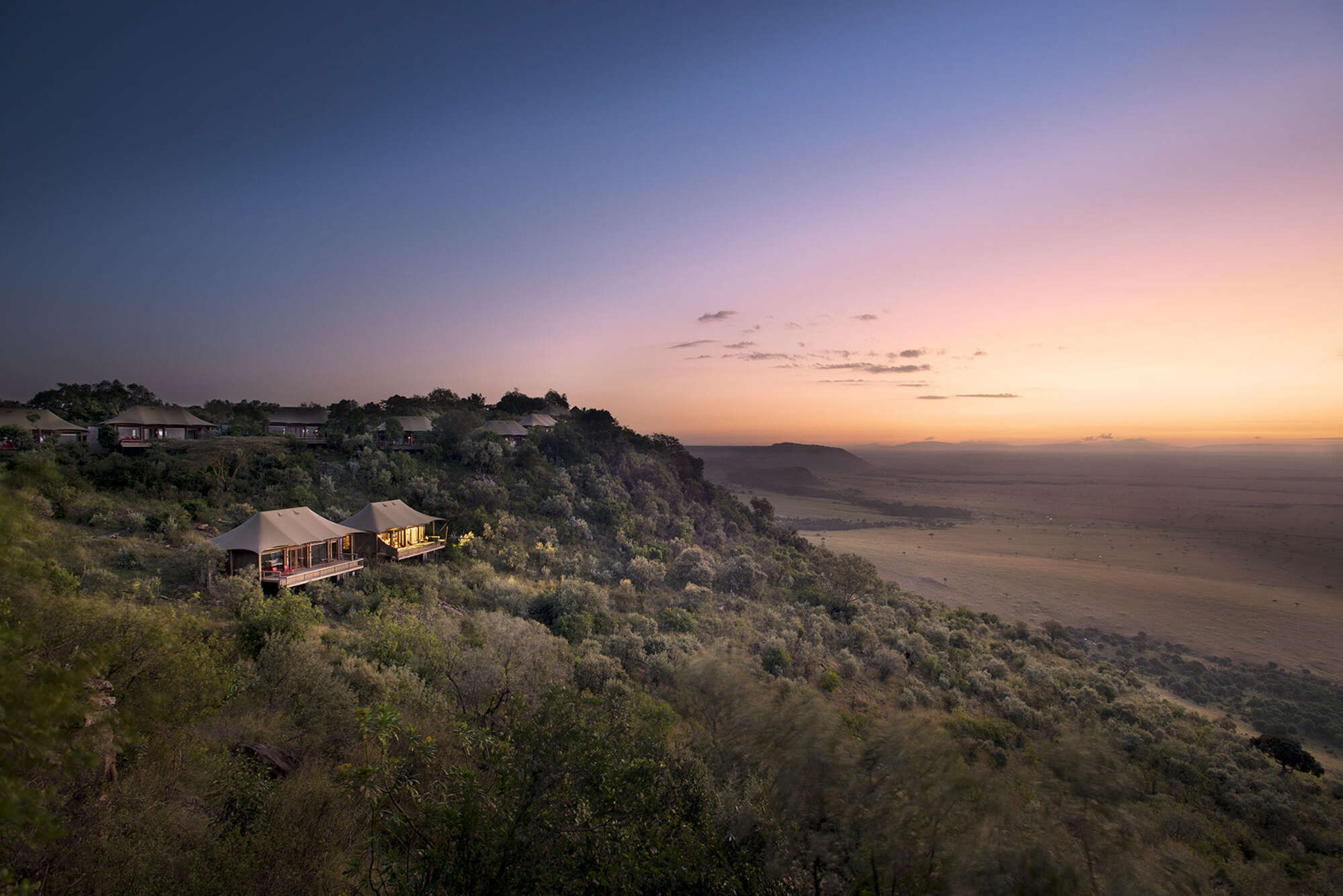
Angama Mara
Angama Mara is a top-end luxury tented camp on the Siria-Oloololo escarpment of the Maasai Mara ecoystem, just above the Mara Triangle sector of the Maasai Mara National Reserve.
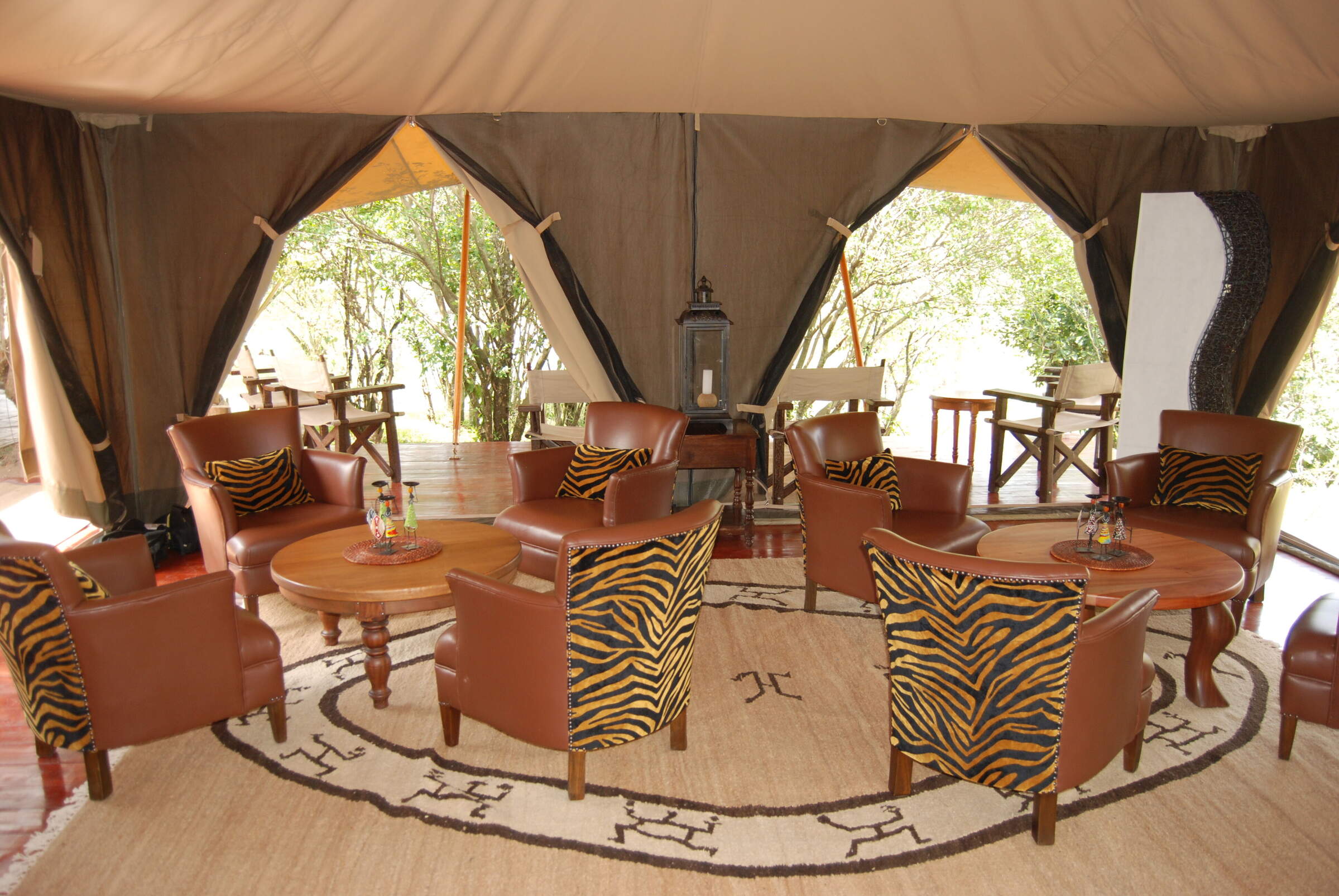
Ngenche Safari Camp
Mara Ngenche is a non-hosted, luxury tented camp with an antique style, which is perfect if you're looking for private dining while staying somewhere small and personal.
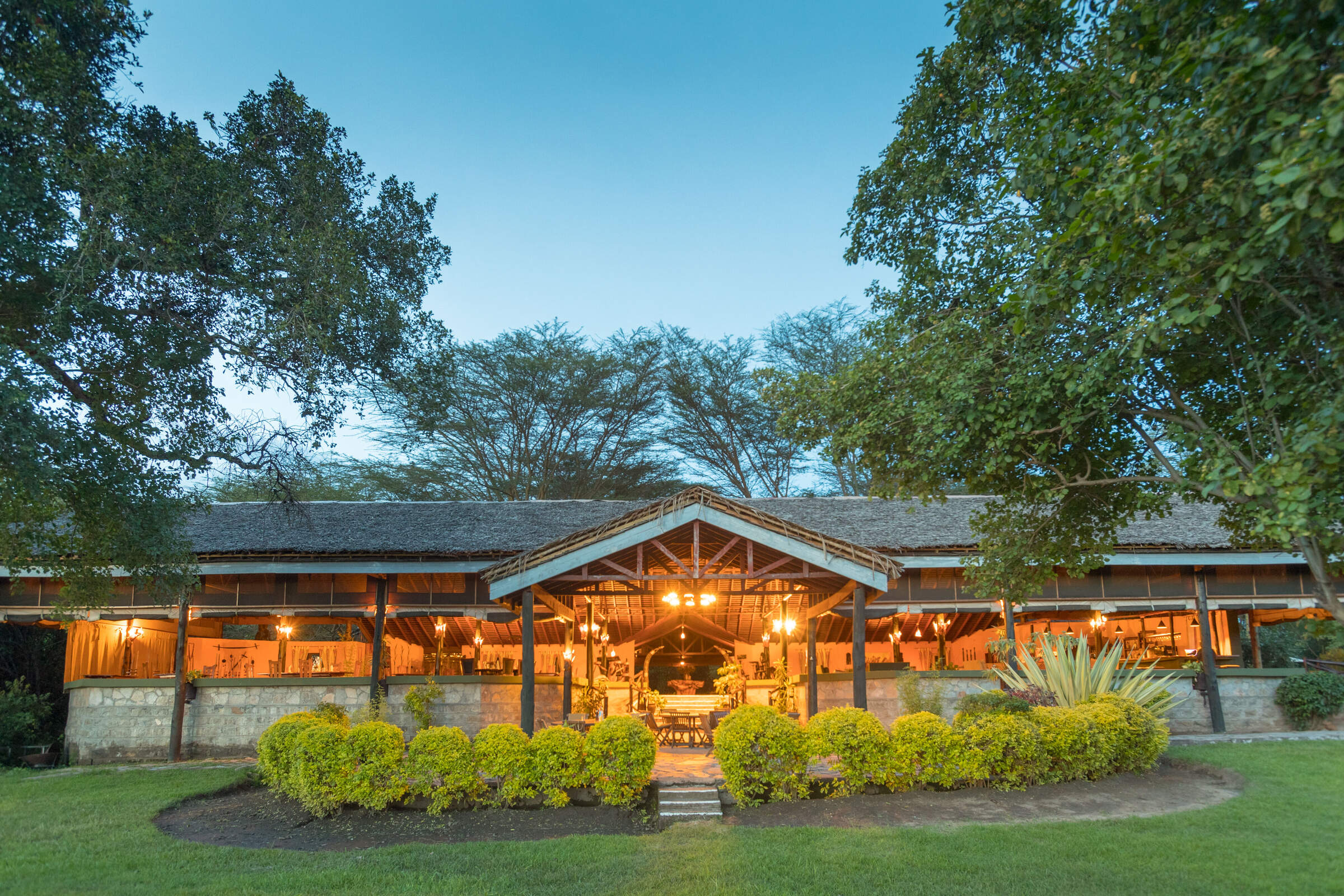
Tipilikwani Camp
Tipilikwani Mara Camp is a larger, mid-range tented camp offering good value from its base on the Talek River just outside the Mara National Reserve.
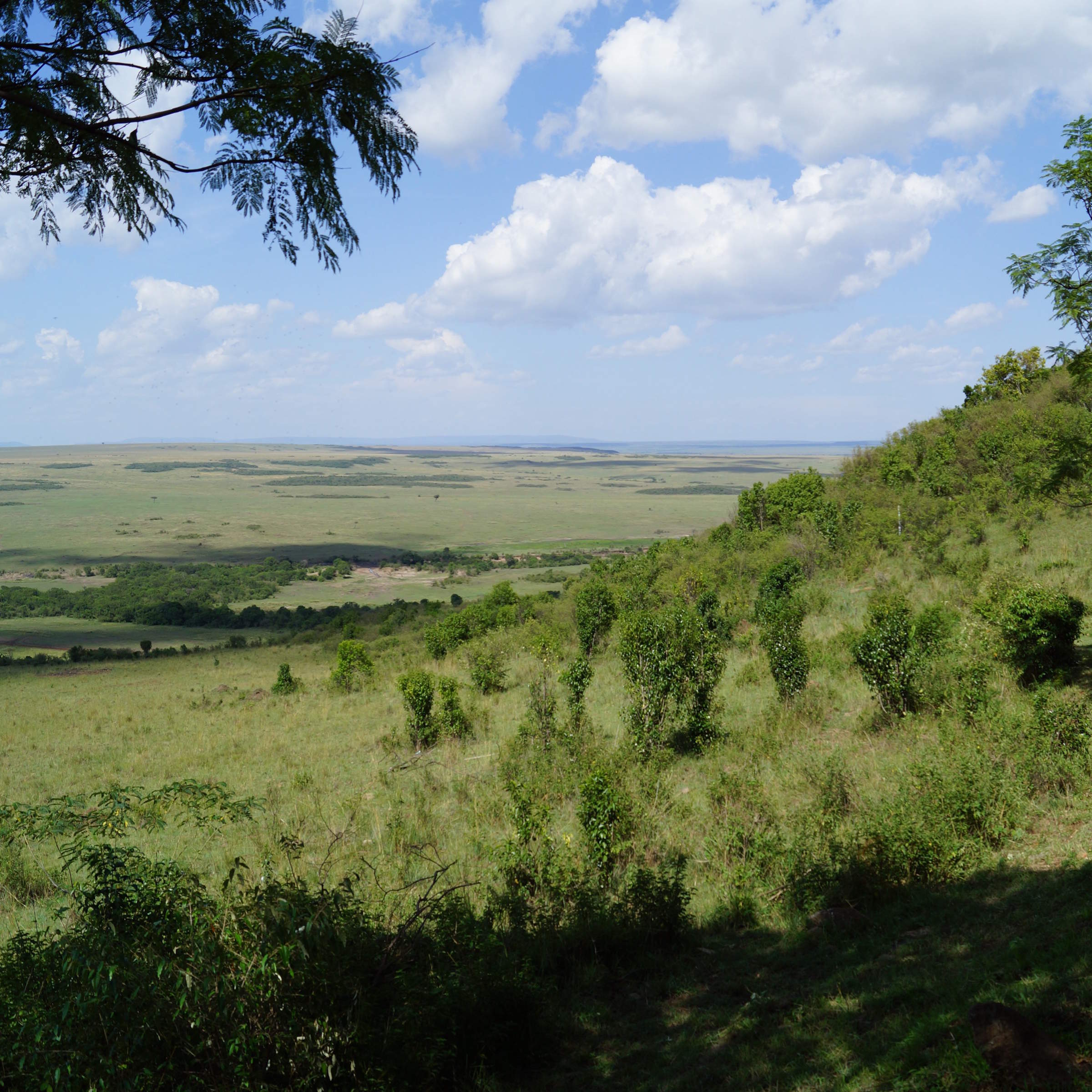
Mara Serena Safari Lodge
Mara Serena Safari Lodge is a large safari hotel with views of the Mara River, in the Mara Triangle sector of the Maasai Mara National Reserve.
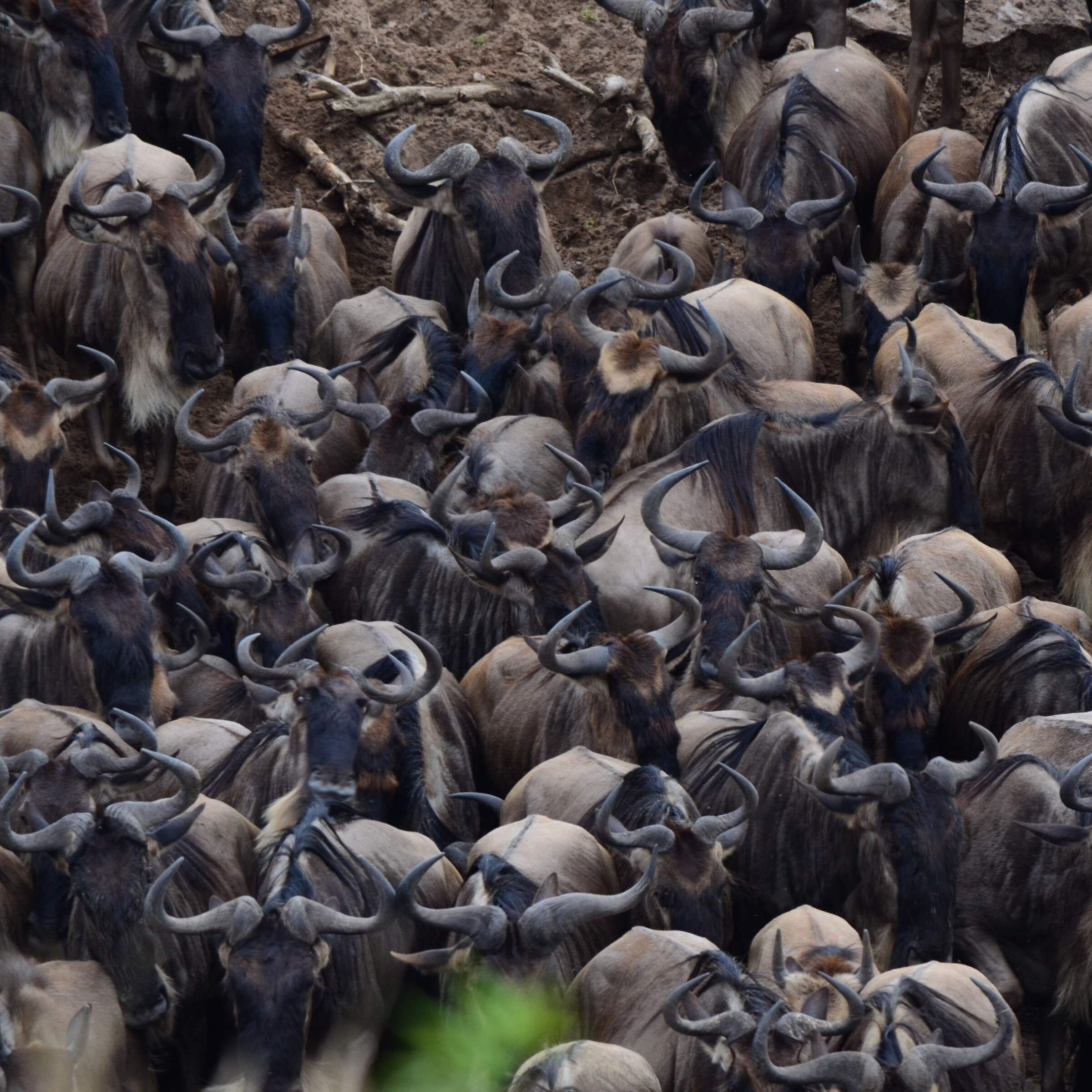
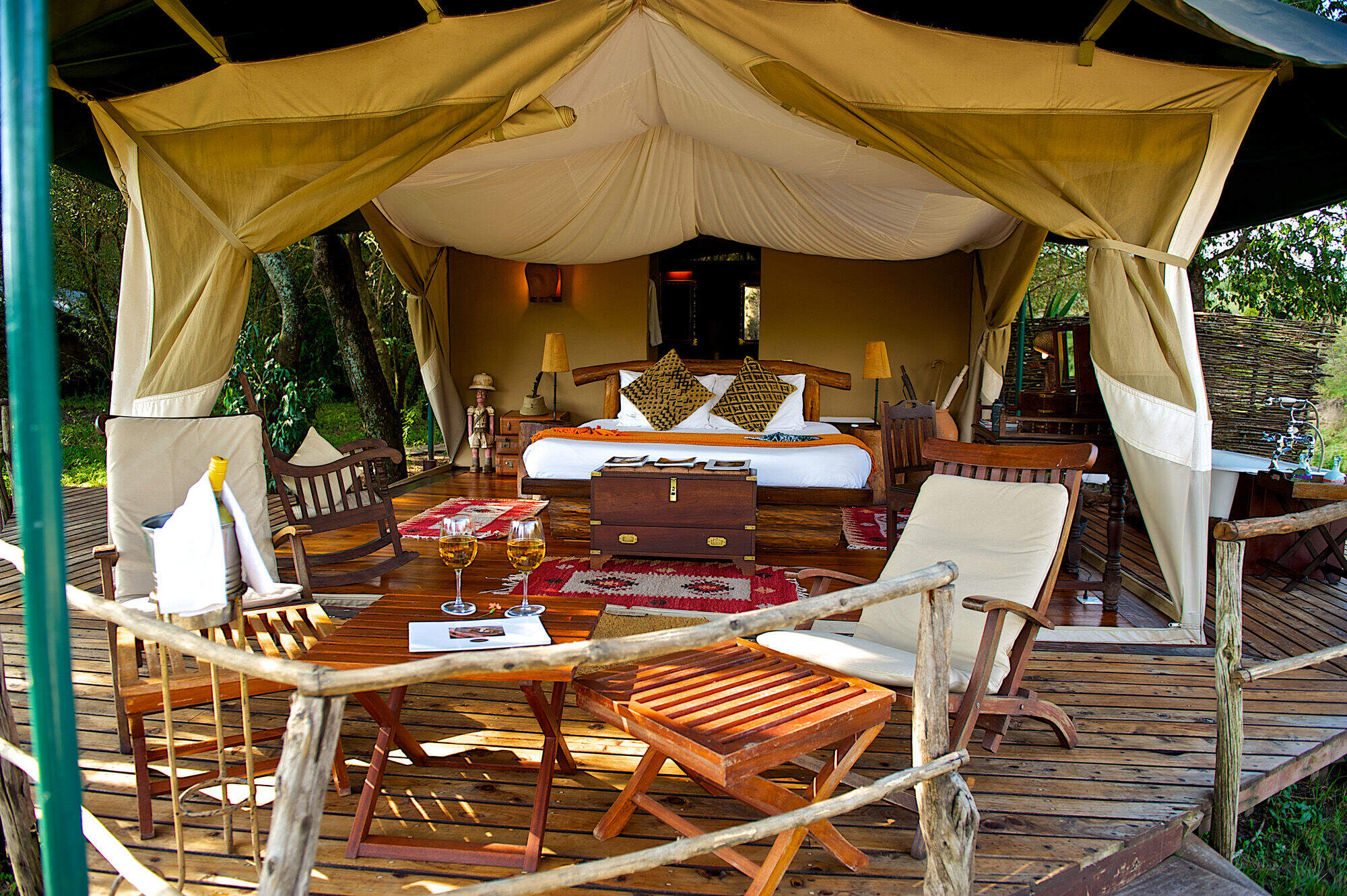
Mara Explorer Camp
Mara Explorer is a smart tented camp is in a scenic location on a bend in the Talek River.
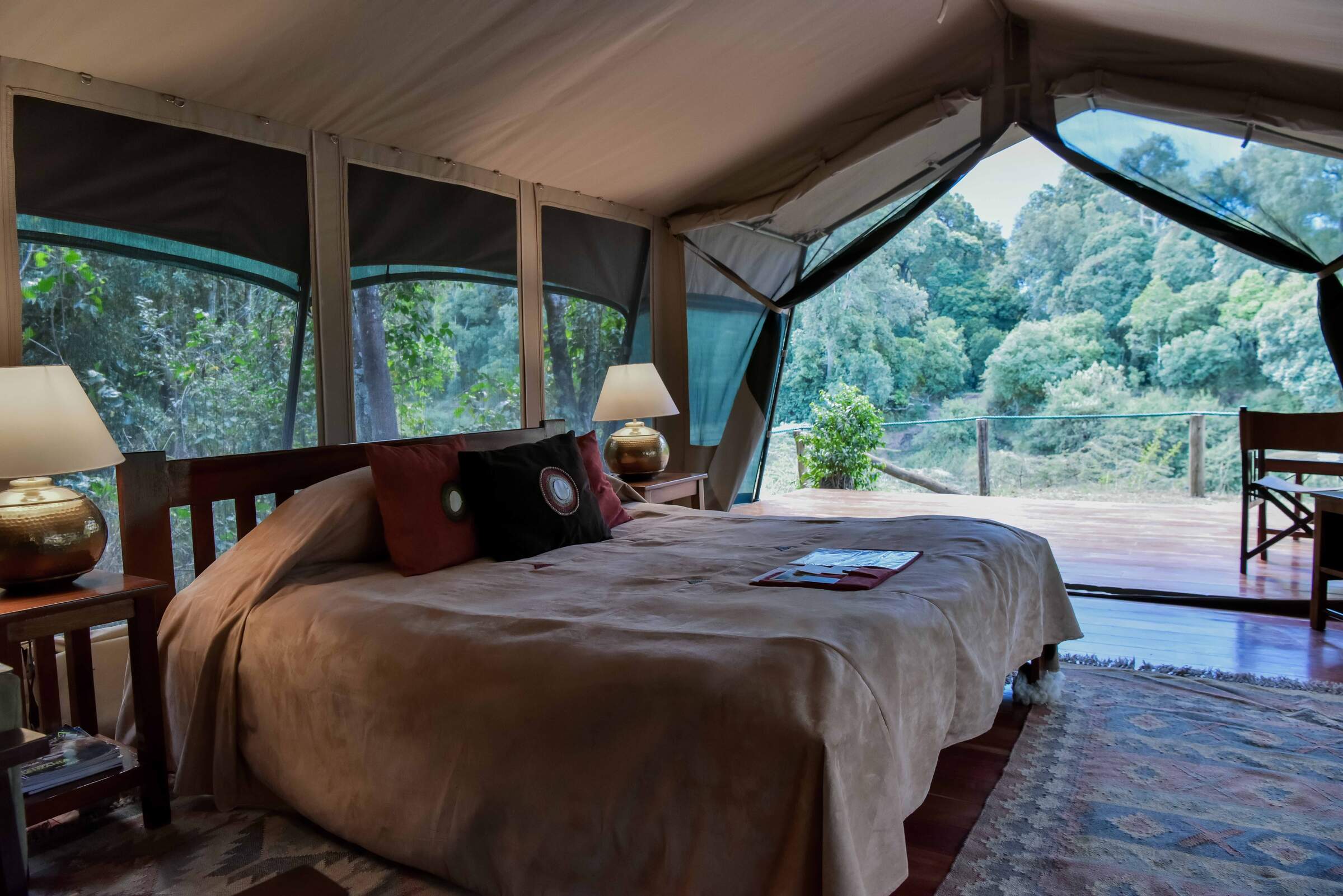
Governors' Private Camp
Located on a secluded bend of the Mara River, Governor’s Private Camp has just eight tents and is booked on an exclusive basis.
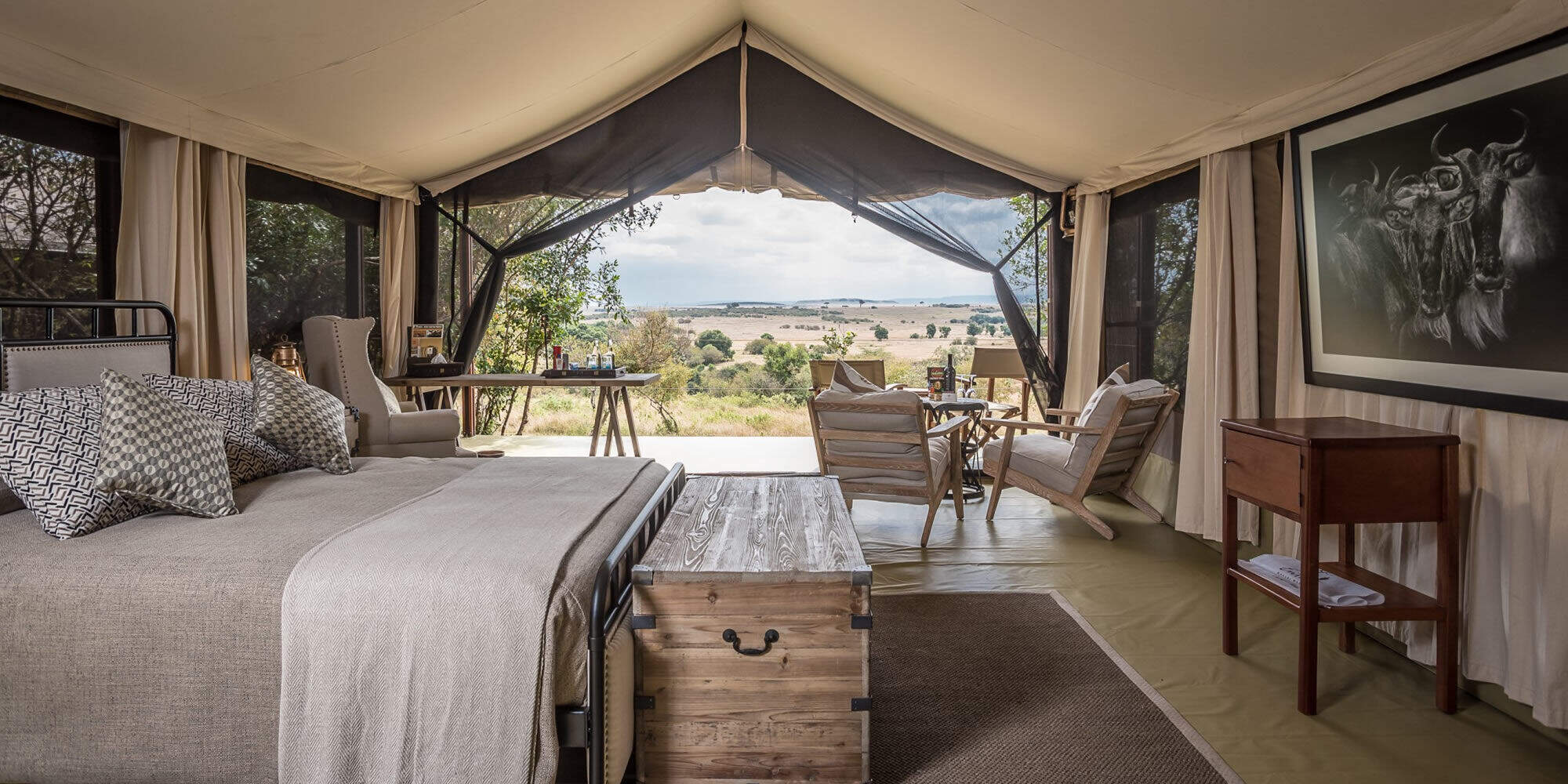
Entim Camp
Entim Camp is well located in the heart of the Mara National Reserve, offering traditionally styled tented accommodation.
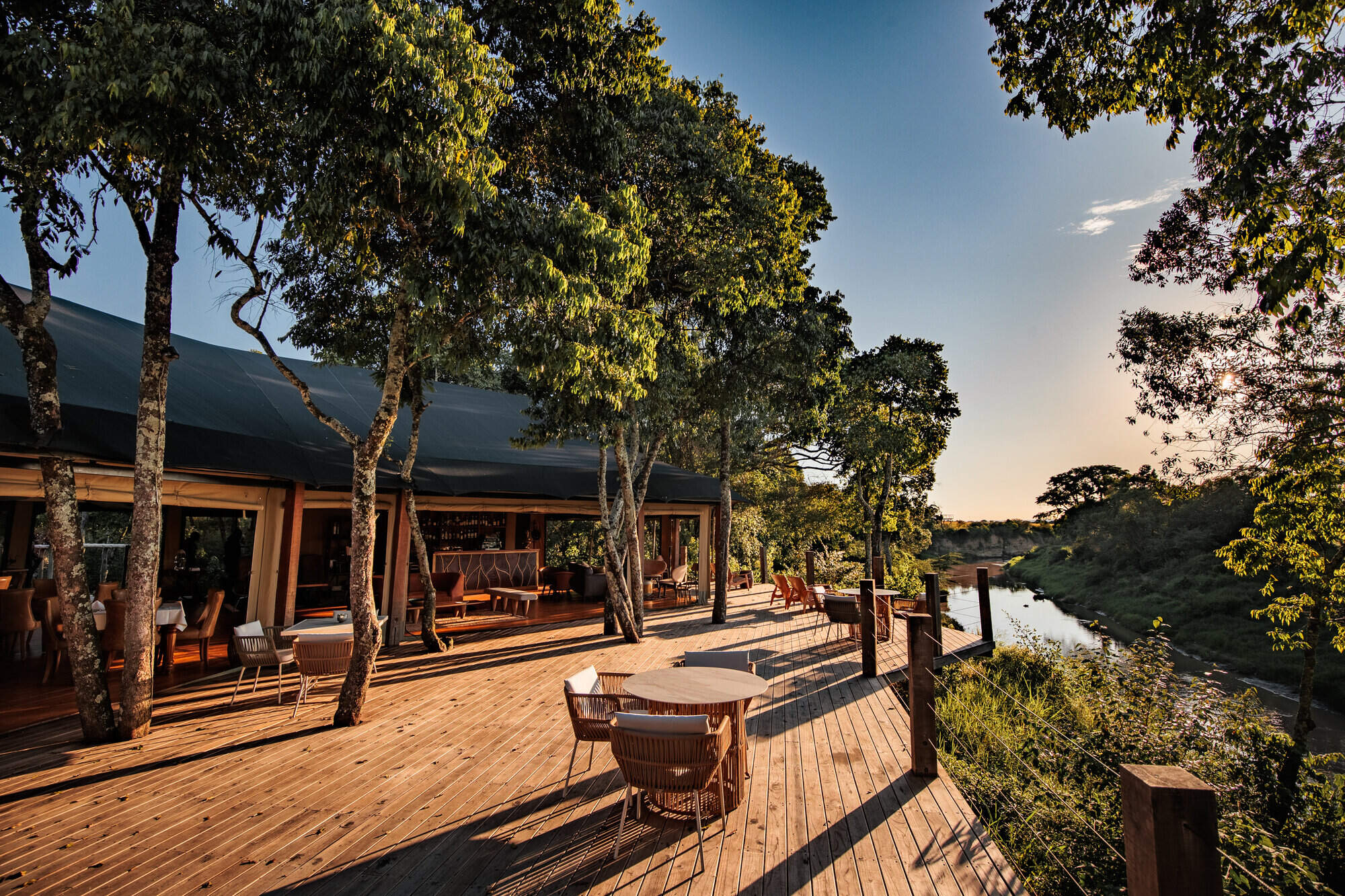
Ishara
Ishara is a highly luxurious safari camp in the Maasai Mara, located on the Talek River, which is one of the best areas in Kenya for wildlife.
When to go to Maasai Mara National Reserve
Our month by month guide: What it's like to visit Naibor Camp in Maasai Mara National Reserve
Jan
Feb
Mar
Apr
May
Jun
Jul
Aug
Sep
Oct
Nov
Dec
Kenya in January
Clear, hot days and warm nights make this high season a popular time for safaris and it’s also good for diving and snorkelling as water clarity is excellent and gets better as the dry season progresses. Most lodges and tented camps treat January after the New Year week is over, as mid-season, making it a good compromise in terms of value for money with reasonably reliable, dry weather and some greenery left in the landscape.
Expert Africa bases its description of climate and weather in January, like the other months of the year, on the climate records of roughly the last 100 years, and it's fair to say that the weather and seasons since the beginning of this century have been highly irregular and unpredictable.
- On average, January is the second driest month of the year
- Elephants dig waterholes in the dry riverbed in the Samburu reserve.
- Wildebeest and many antelope have their calving season, to February.
- Migrant birds are seen in huge numbers, especially in the Rift Valley.
- Sea water clarity around the coral reefs generally good.
Our view
Fantastic: the very best time to visit
Weather in January
Kenya in February
With the short dry season well established, the grass grazed down and wildlife gathering close to water points, this is still a good time for a safari. Good water clarity in the Indian Ocean's coastal waters makes for excellent diving and snorkelling conditions.
Expert Africa bases its description of climate and weather in February, like the other months of the year, on the climate records of roughly the last 100 years, and it's fair to say that the weather and seasons since the beginning of this century have been highly irregular and unpredictable.
- On average, February is the driest month of the year.
- It’s sometimes possible to swim with whale sharks at Diani Beach.
- Migrant birds are still seen everywhere, especially near water.
- This is usually peak calving season for wildebeest and many antelopes.
- This month is often the hottest of the year, especially on the coast.
Our view
A very good time to visit
Weather in February
Kenya in March
Hot, increasingly humid weather – with good diving and snorkelling conditions at the start of the month – gives way to rains and lower accommodation costs. Expert Africa bases its description of climate and weather in March, like the other months of the year, on the climate records of roughly the last 100 years, and predicting the seasons since the beginning of this century has been difficult.
March is the month when – traditionally – intensely hot conditions build up until a cloudburst finally happens at the end of the month or in early April, to relieve the humidity. As ever, regional variations across the country can greatly impact on visitors' experiences.
- Sea-water clarity is best for diving before the long rains start.
- Visitor numbers are low, though the Easter holidays can be busier.
- Night skies can be scintillatingly clear in early March.
- Cropped down savannah grasses can make it easier to see the wildlife.
- Temperartures climb high, especially at lower elevations.
Our view
A good time to visit, with pros & cons
Weather in March
Kenya in April
April sees the full onset of the southeast monsoon wind or kusi, which heralds the long rains. Temperatures drop soon after the rains are established and you’ll often have facilities largely to yourself in this more affordable low season, sometimes known as the "green season". The bush quickly springs to life, with greenery sprouting almost before your eyes. While you're likely to get a fair number of heavy showers, the breaks in the rain can yield sparklingly clear conditions.
With the dust settled and bright sun piercing the clouds, conditions can be sublime for photography, especially first thing in the morning or in the late afternoon with another storm brewing. You may be lucky, or you may find conditions very wet and muddy.
- A wet month, the coast often gets more than 300mm (12in) of rain.
- Sunny spells can provide great light for photography.
- Buffalo and zebra calving season often happens in this month.
- Baby crocodiles hatch, for example on Central Island in Lake Turkana.
- Palearctic migrant birds gather to fly north to breeding grounds.
Our view
A time to avoid if possible
Weather in April
Kenya in May
While game viewing can be trickier as vegetation runs riot, between the cloudbursts the colours and light are great for photography at this time of year. Expert Africa bases its description of climate and weather in May, like the other months of the year, on the climate records of roughly the last 100 years, and while it's reasonable to expect heavy rains in many parts during this month, especially on the coast, the rains don't always come evenly or in some areas come at all.
In an El Niño year, the so-called long rains that normally are established across much of the country by May can be meagre, to the despair of farmers. On the other hand in a La Niña year, the long rains can bring floods. On the coast, the monsoon winds make the climate much more predictable, with heavy rains common throughout this month.
- Frogs breed in the ponds in the Arabuko Sokoke Forest near Watamu.
- Wildebeest, impala and other grazers are in rut (the breeding season).
- Kilimanjaro looks its best as heavy rain falls as snow on the summit.
- There's a sharp peek of rainfall on the coast with many rainy days.
- Accommodation prices are uniformly low, while some camps close.
Our view
A time to avoid if possible
Weather in May
Kenya in June
The rains give way to cloudy, cooler weather, often making for comfortable conditions by the end of the month, especially in the highlands. Starting from mid-June or the beginning of July and running until the end of October, this is the high season, and accordingly has higher accommodation rates and – at least until early September – higher numbers of visitors.
While the early part of June can often be rainy on the coast, it can be a great time to go on safari, with fresh greenery, many young animals and good photographic conditions with clear air.
- The Taru Desert, inland from the coast, is carpeted with flowers.
- The Lake Turkana Cultural Festival is held in Loiyangalani.
- Madaraka Day (commemorating self rule) is 1 June.
- The annual Lewa marathon runs a course through the wildlife.
- The Diani Rules "sports" event rips up the rulebook at Diani Beach.
Our view
A good time to visit, with pros & cons
Weather in June
Kenya in July
Kenya’s “winter" season sets in (winter is a misnomer but locals feel the change), and the highlands can be rather grey. Skies are often cloudy and the days can be surprisingly cool, with an average daytime high in many highland safari areas of 15-20°C and night-time temperatures dropping below 10°C in Nairobi and the highlands. Lower parts of the country and the coast are usually warm and dry, typically reaching highs of around 25°C with lows in the high teens.
As this is the start of the high season, coinciding with the usual arrival of the wildebeest migration in the Maasai Mara, July is a busy month. Ask your Expert Africa specialist to advise on how to avoid the crowds, which is not that difficult to do.
- The wildebeest migration usually reaches the Maasai Mara in July.
- Simbi Lake (Kisumu) and Crater Lake (Naivasha) can attract flamingoes.
- Watersports start to pick up and some surfing is possible at Malindi.
- Afternoon thunderstorms are a common feature in the Maasai Mara.
- The sea can be choppy along the coast, making diving difficult.
Our view
A good time to visit, with pros & cons
Weather in July
Kenya in August
The Great Migration fills the plains of the Maasai Mara, and school’s out, so the park roads are full of tourists – ask your Expert Africa specialist for advice on crowd avoidance tactics. Choose a private conservancy rather than a public national park or national reserve for quieter conditions.
Like July, August is generally mild and relatively dry in the safari areas, but it can be very chilly in the highlands, even in the middle of the day, and hail occasionally falls above altitudes of around 2,400m (8,000ft). Nairobi can be disappointingly overcast, with low cloud.
- Apart from Christmas holidays, this is the busiest month of the year.
- Late August sees peak wildebeest drama at the Mara River crossings.
- Coastal winds are good for kite- and wind-surfing.
- Few mosquitoes are around at this generally dry time of year.
- The annual Camel Derby takes place in the Samburu capital, Maralal.
Our view
A good time to visit, with pros & cons
Weather in August
Kenya in September
The skies clearing of cloud signals the start of hot, dry weather with little chance of rain – and, after the first few days of the month, far fewer visitors – making the latter part of September a good time for a quieter safari. While early September is often good for dramatic migration crossings along the Mara River, you might consider deliberately postponing your trip until later in the month, when the migration can still be very impressive and visitor numbers fewer.
If tourist surges are somewhat predictable, however, the patterns of the wildebeest migration are more volatile, and like all of Expert Africa's climate and weather assessments, they are based on accumulated years of experience rather than guaranteed certainty.
- This is still high season, with prices to match.
- Many river crossings take place on the Mara river in both directions.
- Natural bush fires flush out insects and small animals for predators.
- The Rift Valley Music Festival takes place by Lake Naivasha.
- With school holidays over by early September, late-month is quieter.
Our view
Fantastic: the very best time to visit
Weather in September
Kenya in October
Still hot, mostly dry and not too busy, this is many people’s preferred month for a safari, and it’s also good for diving and snorkelling. The wildebeest and zebra herds of the great migration are often still to be seen, though in dwindling numbers. The swamps of Amboseli attract thirsty wildlife including large herds of elephants.
While we wouldn't expect much rain across most of the country this month, the climate has become so unpredictable that you can never say never, and the possibiity of the short rains – usually associated with November to mid-December, starting early, can't be discounted.
- This month sees the tail end of the great migration in the Mara.
- Palearctic migrant birds start to arrive, staying until March.
- Turtle nests hatch at Watamu, until November.
- Amboseli elephants focus on the swamps for their daily water.
- The Indian Ocean monsoon winds turn from southeast to northeast.
Our view
A very good time to visit
Weather in October
Kenya in November
The northeast monsoon wind or kaskazi heralds the start of the “short rains", usually some time in the second half of the month. From November to mid-December, this is the low season, and accordingly has lower accommodation rates and lower visitor numbers. Across most of the country you can expect warm, somewhat cloudy weather, with occasional heavy showers and localised flooding.
Expert Africa bases its description of the climate in November, like the other months of the year, on the records of roughly the last 100 years, and it's fair to say that the seasons since the beginning of this century have been highly irregular and unpredictable: some years the short rains don't come at all, or don't reach every part of the country. In an El Niño year, the November short rains can be very heavy, but in a La Niña year, they can fail completely.
- Swimming with dolphins in Lamu can be done from now until April.
- Birders gather at Ngulia in Tsavo West to ring Palearctic migrants.
- The Lamu Cultural Festival takes over the town and Lamu Creek.
- Agricultural shows often take place regional market towns.
- This is low season, so camps can be great value, with special offers.
Our view
A good time to visit, with pros & cons
Weather in November
Kenya in December
In a typical December, the rains usually finish by middle of the month, leaving the landscape looking its best, under clear blue skies, and heralding the start of the second peak tourist season from around 20 December to the first week of January. Our assessment of the likely weather in December, like the other months of the year, is based on climate records, and it's fair to say that the seasons since the beginning of this century have been highly irregular and unpredictable.
Christmas can sometimes be wet, but most years the rains have finished a week or two earlier, with the festive season ushering in the perfect combination of clear skies and sunshine by day and starry nights.
- Christmas and New Year are busy, with the lodges and camps full.
- Rates are highest after 24 Dec, with supplements on public holidays.
- Republic Day and Independence day are celebrated on 12 December.
- Good kite- and wind-surfing restarts, with strong northeasterly winds.
- Mango season begins, providing excitement for primates and elephants.
Our view
A good time to visit, with pros & cons
Weather in December

Looking for inspiration on where to travel next?
Visit our trip chooser to explore your options and find inspiration for your perfect African adventure
Inspire me